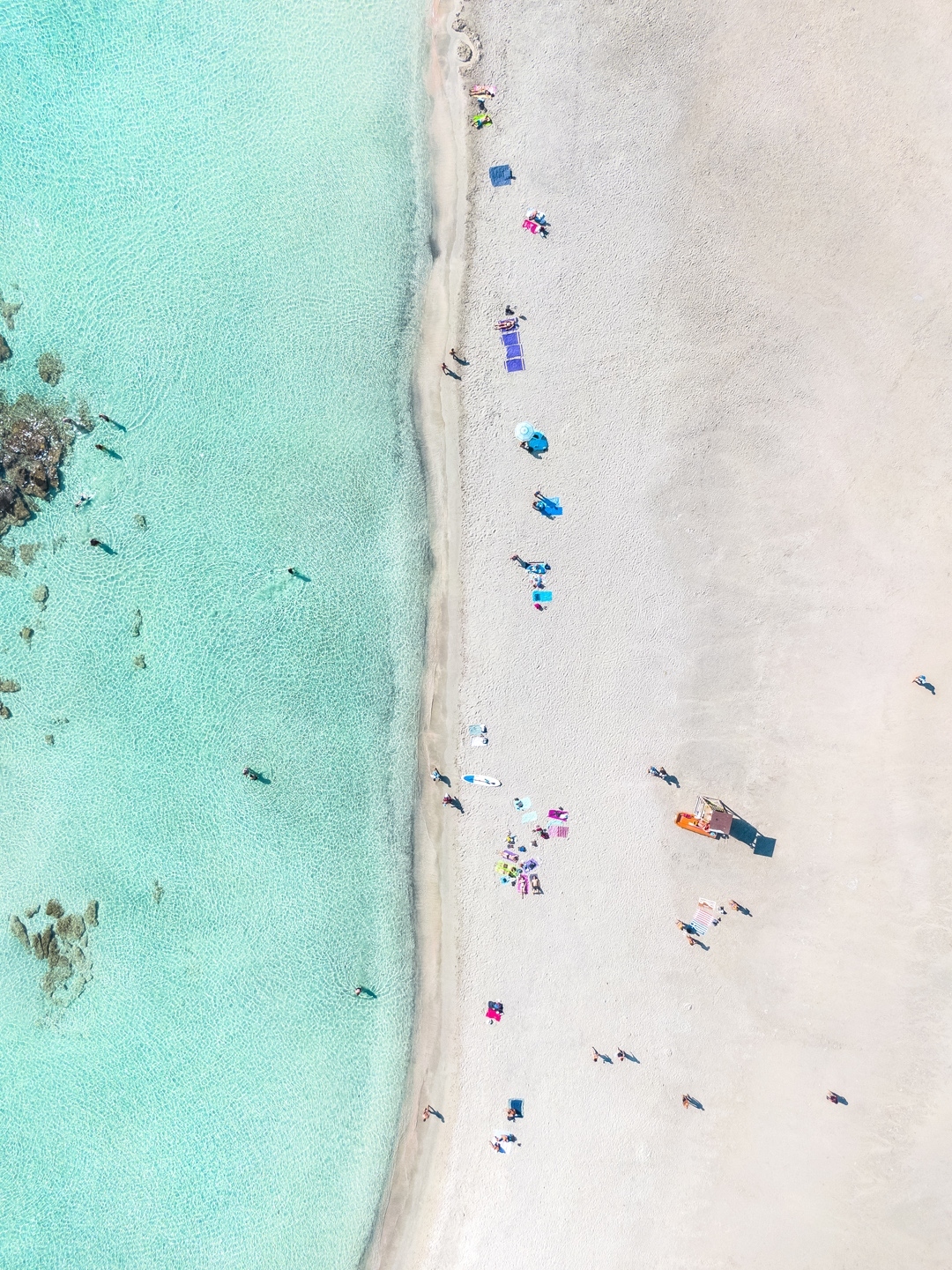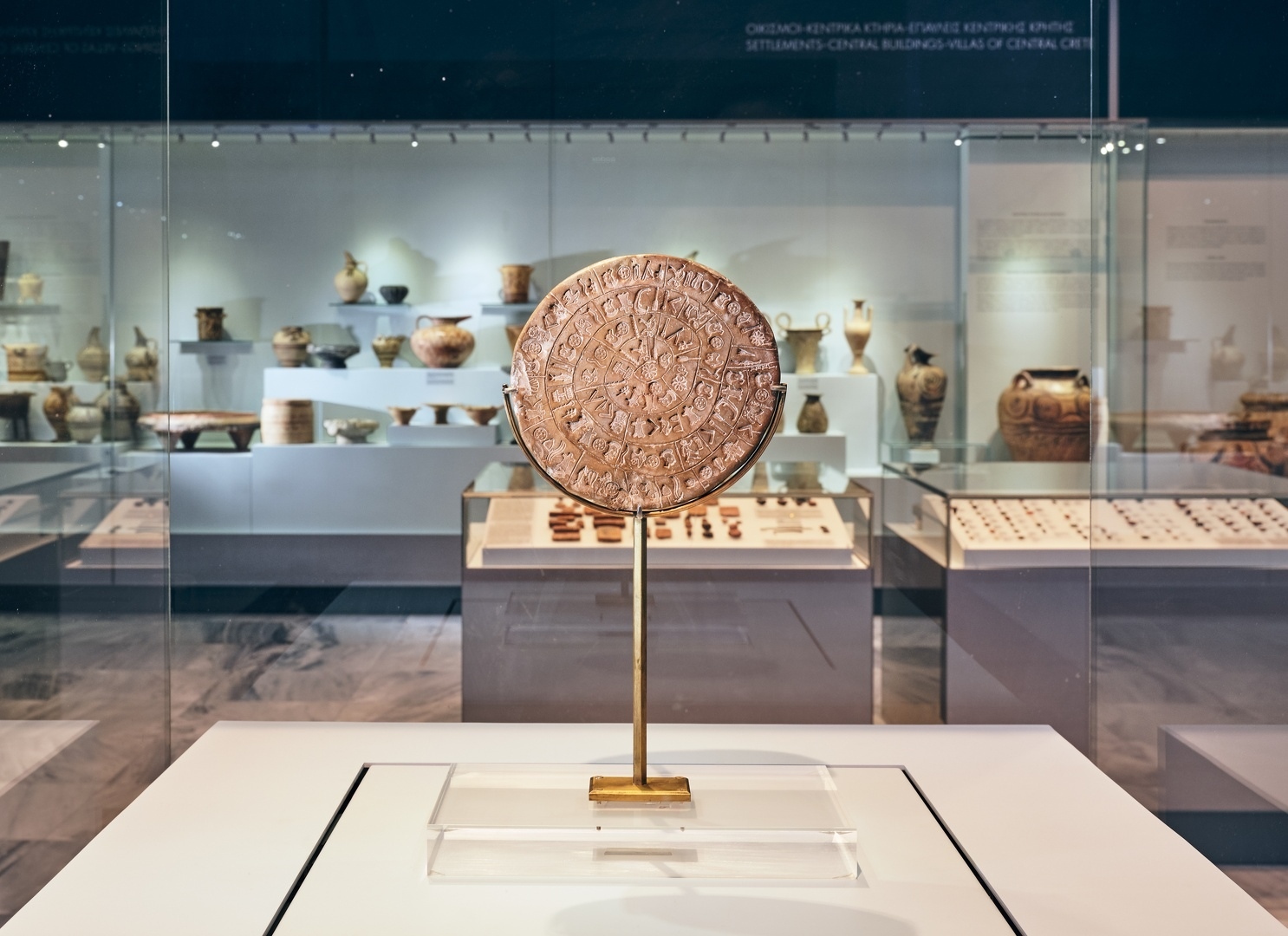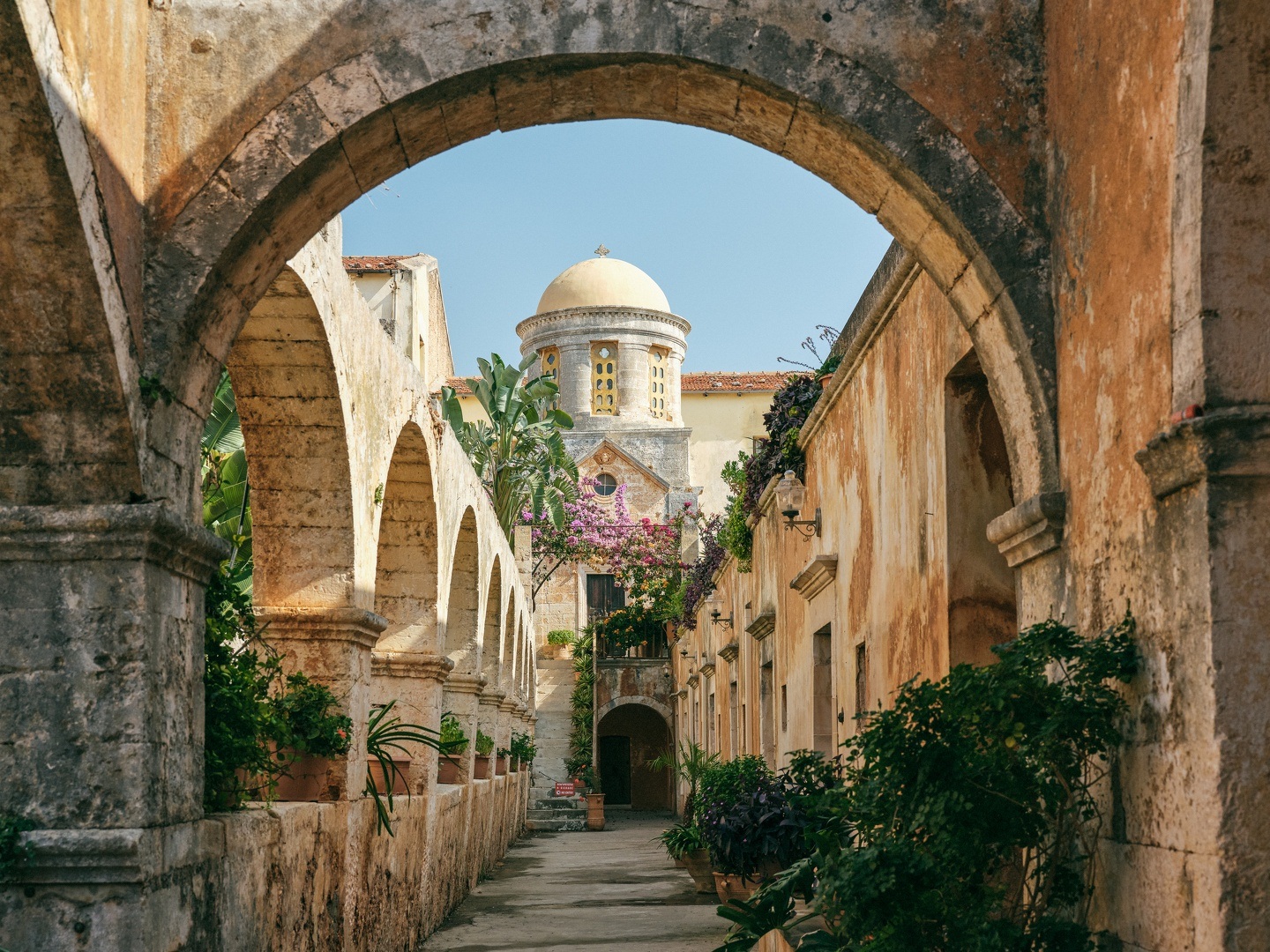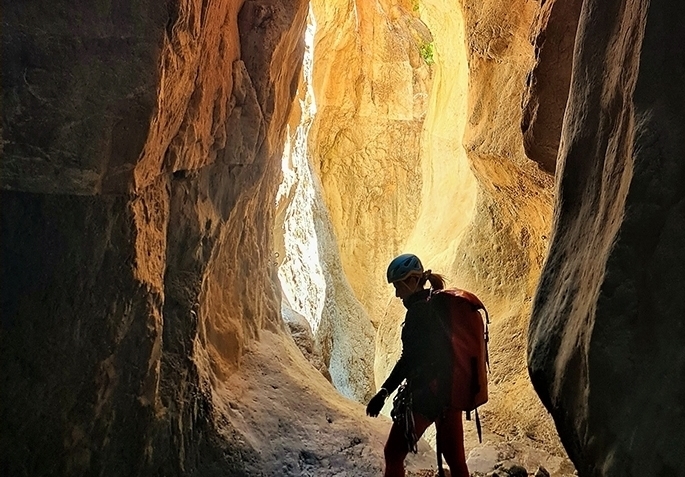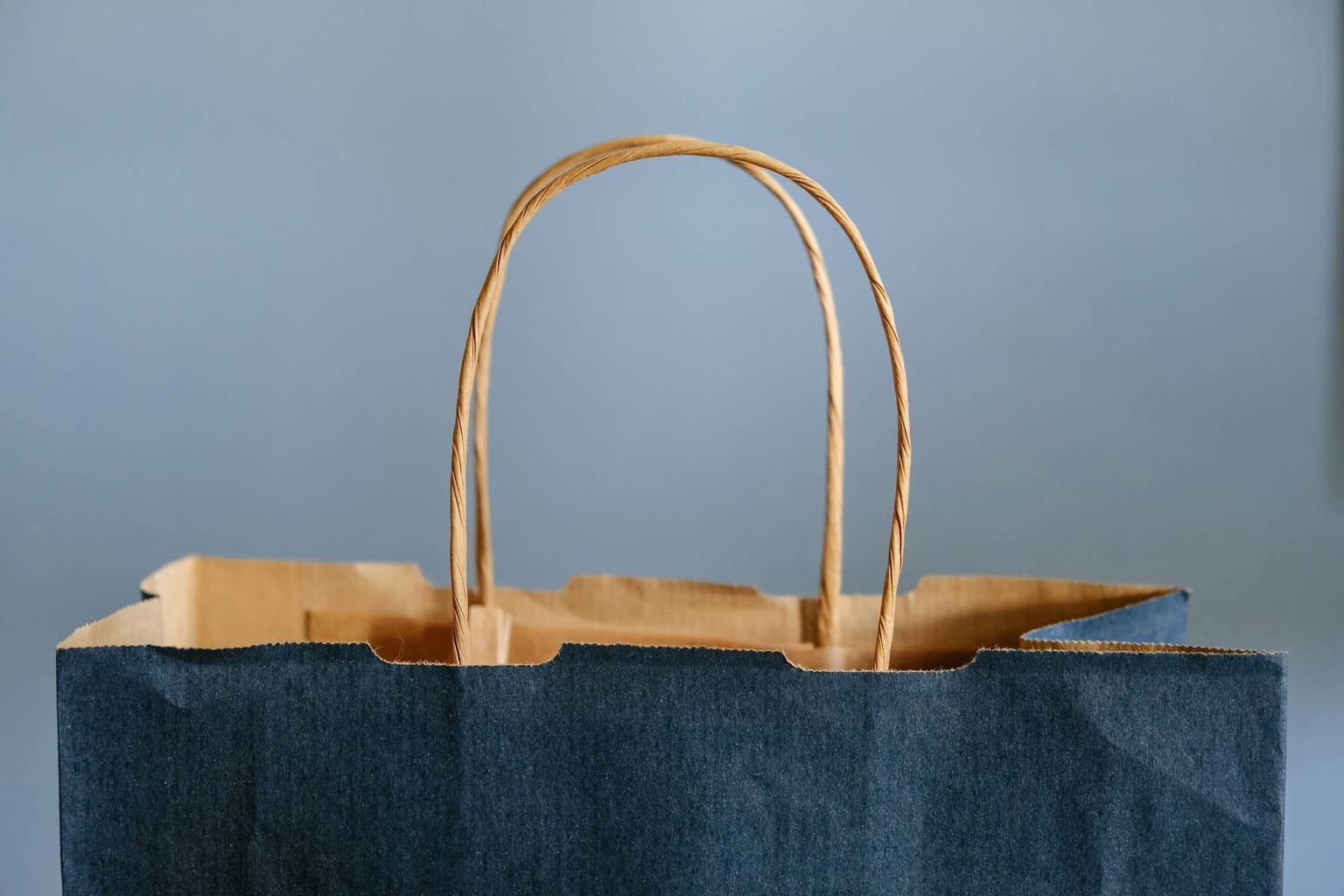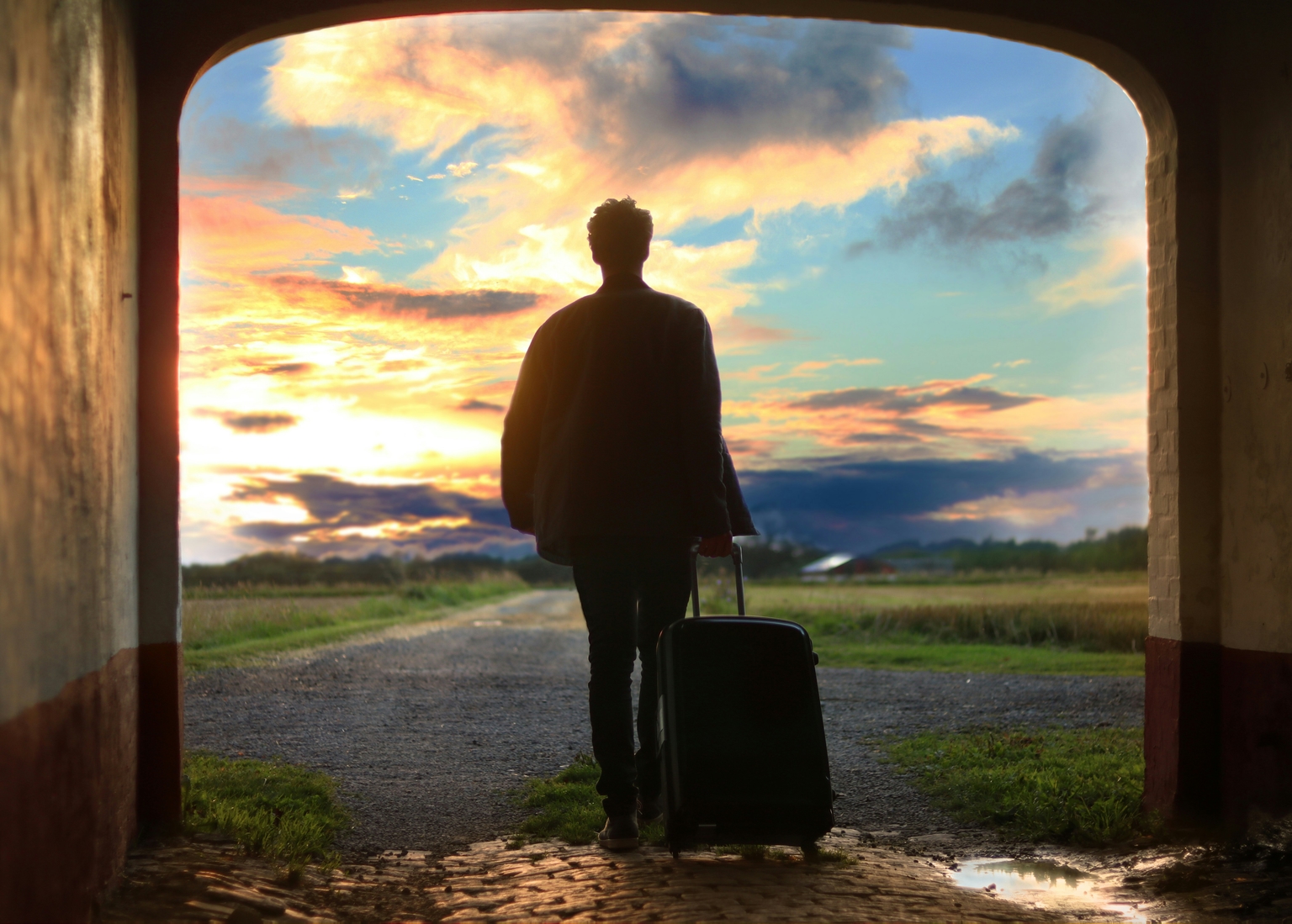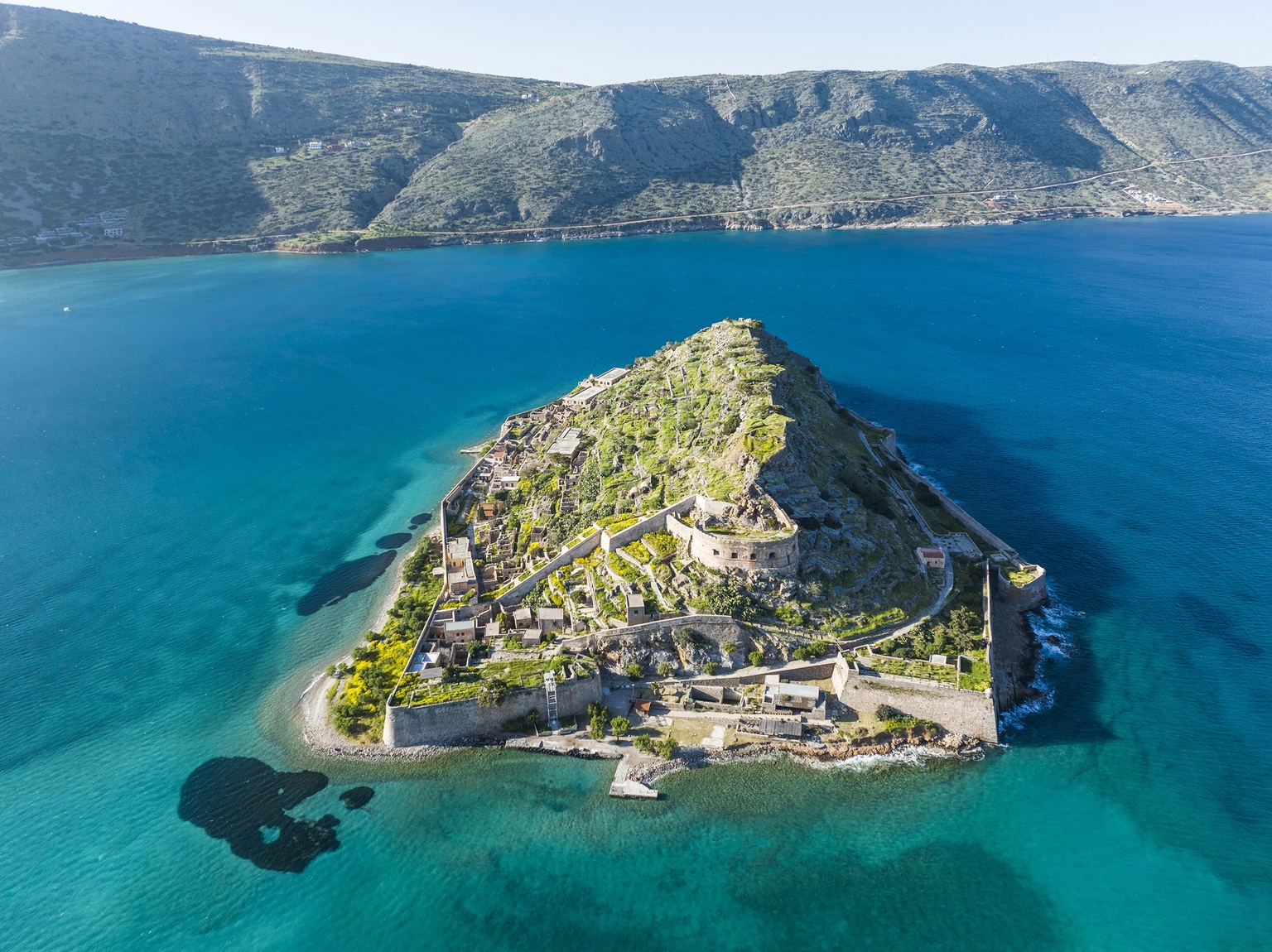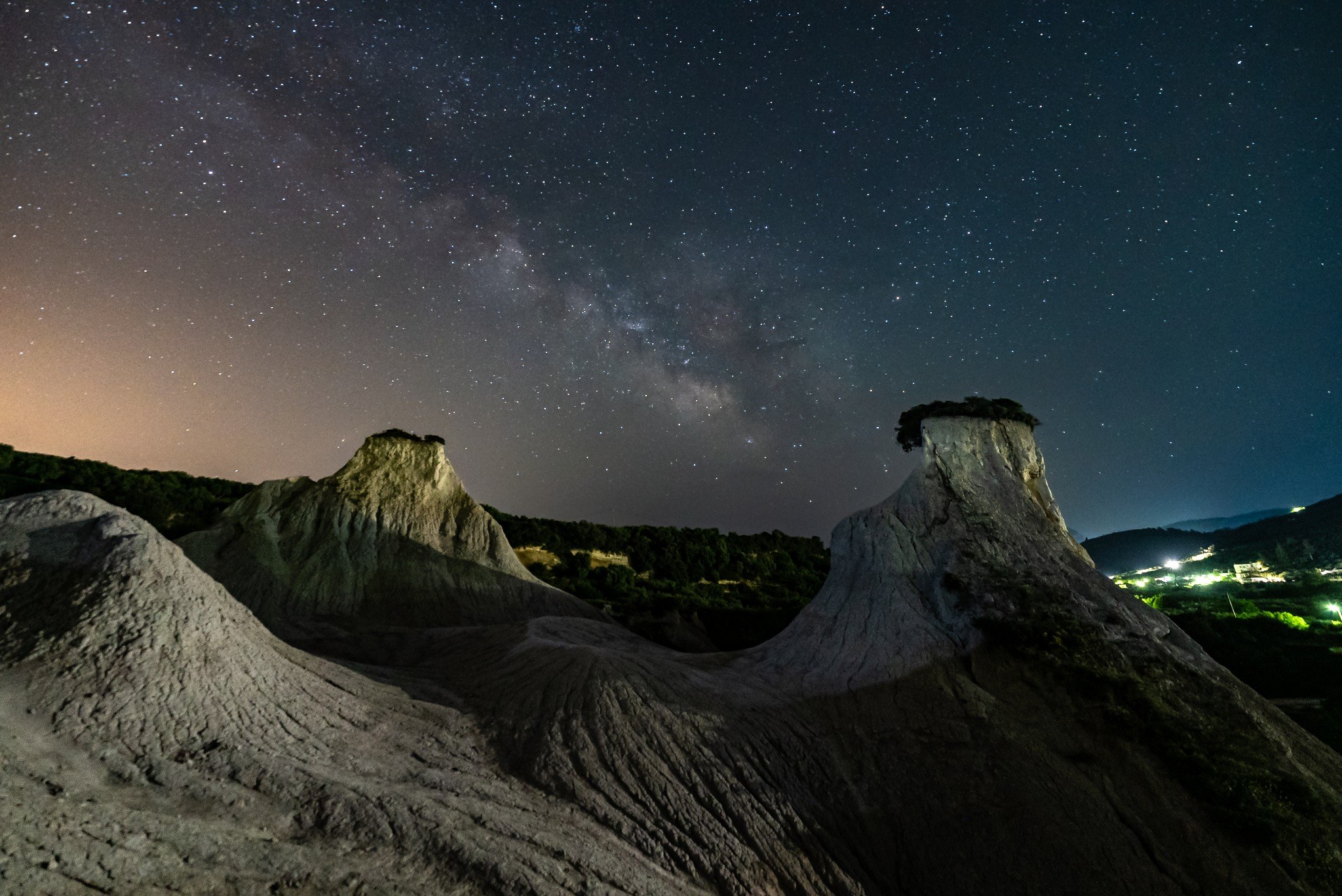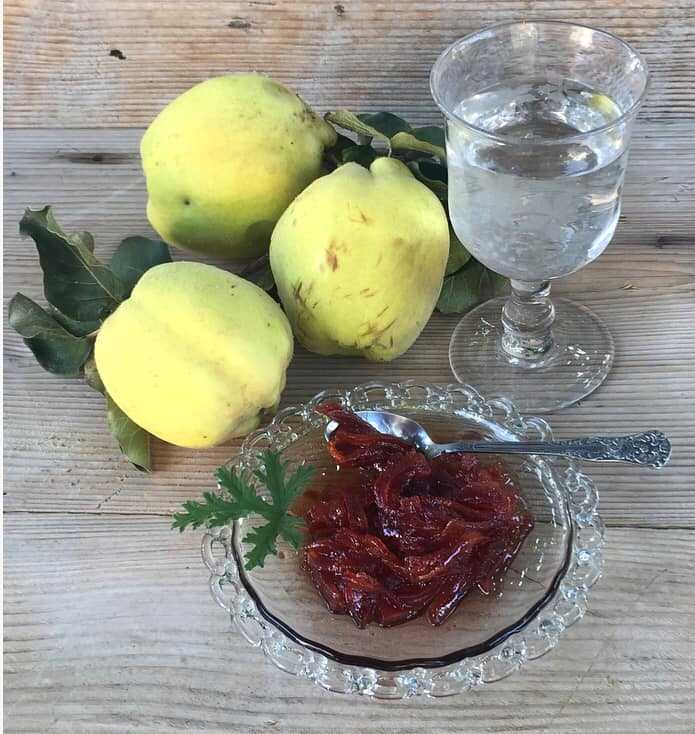
Cretan housewives, with their warm smiles and kindness, welcome guests into their homes. ‘Come in’, they say, offering desserts made with care and tradition. These desserts vary; sometimes they're made with peels or berries, served in small pieces or whole. Some are sun-dried, while others are treated with an alkaline solution, ash, or white soil. Sweetness is added with honey or sugar, and flavours are enhanced with lemon juice, rose geranium, or cloves. Each dessert is crafted to capture the essence of the fruits available in each season. They gather small male figs, collect rose petals at night, and pluck lemon blossoms in the morning. The first rain brings quinces, while spring offers walnuts. Grapes left unpicked on the vine mature to perfection, ensuring the creation of the most delicious sweets.
Quince Confection
Ingredients:
11 large quinces (about 2 1/2 kg)
2 kg sugar
1 small bunch of rose geranium
Juice from one lemon
Procedure:
Wash and clean the quinces, then cut them in half and remove the peels and hard inner part with the seeds. Do not discard the hard inner part with the seeds; we will use them to make the quince paste.
Cut the quinces into small strips and place them in a pot. Add the sugar, and let them sit overnight.
The following morning, place the pot with the quince on the heat. Add 6 glasses of water and simmer gently, being careful to collect any foam that forms. Tie the bunch of rose geranium with thread and add it to the pot to infuse the flavour, ensuring the leaves remain intact. Simmer until the syrup thickens (approximately 1 hour). Towards the end, add the juice from a lemon to preserve the texture of the dessert. Allow the bright red spoon sweet to cool slightly before transferring it into glass jars with lids.
Quince Paste
With the peels and hard inner part containing the seeds, we create quince paste, a labour-intensive dessert. As the old housewives used to say, ‘patience is key for the paste to turn out right’.
Ingredients:
5 quinces
Sugar
Juice from one lemon
Rose geranium
Procedure:
Wash the quinces and cut them into quarters. Place the peels and the hard inner part containing the seeds in a cheesecloth, and place them in pot along with the quinces. Add just enough water to cover them. Simmer gently, collecting any foam that forms, and add a sprig of rose geranium. Simmer until the quinces are tender, which usually takes about 1 hour.
Remove the cheesecloth with its contents and allow it to hang over a metal bowl to drain the liquids. Remove the rose geranium. Place a colander lined with clean cheesecloth in a clean pot and strain the mixture from the pot and the metal bowl. Press down on the mixture with the back of a spoon to extract more liquids. Squeeze the cheesecloth containing the quince flesh with your hands; do not discard it, as we will use it to make the quince pasties.
We measure the liquid; for each glass of liquid, we want an equal amount of sugar. In the pot, combine the liquid, sugar, and juice of a lemon. Simmer and stir with a serving spoon until the quince paste thickens, which typically takes about 1 hour.
After 1 hour, pour a few drops of the mixture onto a wet saucer. If they do not spread, then the paste is ready. Remove the rose geranium, allow the paste to cool slightly, and then transfer the hot mixture into small and larger glass jars with lids.
Quince Pastries
With the quince flesh, we make quince pastries, those delicious little jellies that our grandmothers used to hide in their closets to offer to visitors.
Ingredients:
Quince flesh
Sugar
Juice of one lemon
Procedure:
We mash the quince flesh. Combine two parts quince pulp with one part sugar in a pot. Let them simmer, stirring gently with a ladle. Add the lemon juice and continue stirring constantly. As the old housewives used to say, ‘we must stir constantly until the moisture is gone and keep an eye out so that it does not burn’. When the mixture pulls away from the pot, it is ready.
Grease a baking pan and pour the hot mixture into it. Allow it to dry for a few days, covering it with cheesecloth to prevent insects from reaching it. Then, cut it into small pieces, sprinkle them with flower water, and dip the quince pastries in sugar. Mix them with your hands to ensure that the sugar covers the pastries thoroughly. Finally, store the quince pastries in a box or a glass jar with a lid.
Lena Igoumenaki
President of the Cretan Cuisine Festival Association
Cretan Cuisine Festival
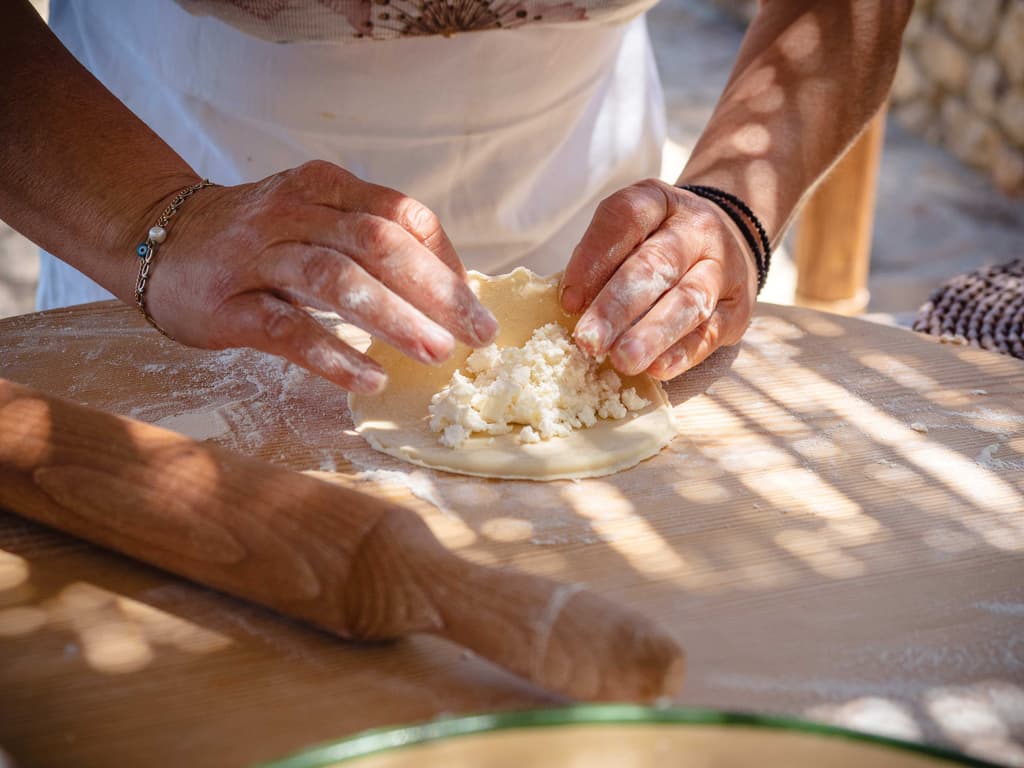
Mizithropites: Authentic Cretan Pies

Meat cake
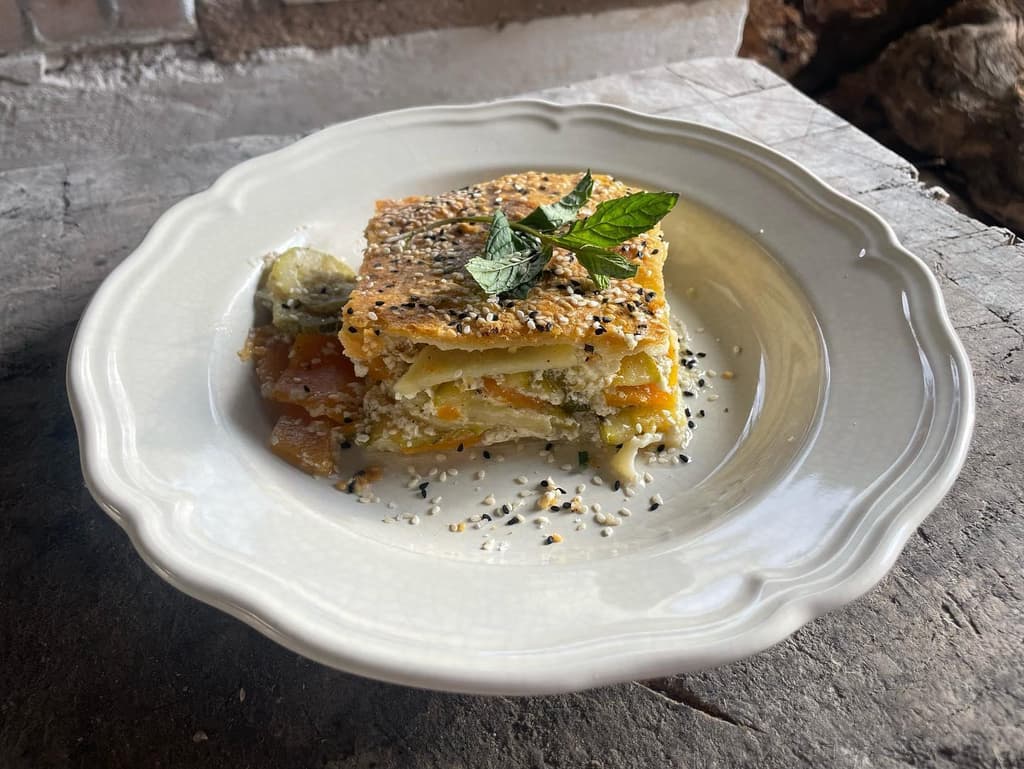
Chania Boureki or Courgette Boureki
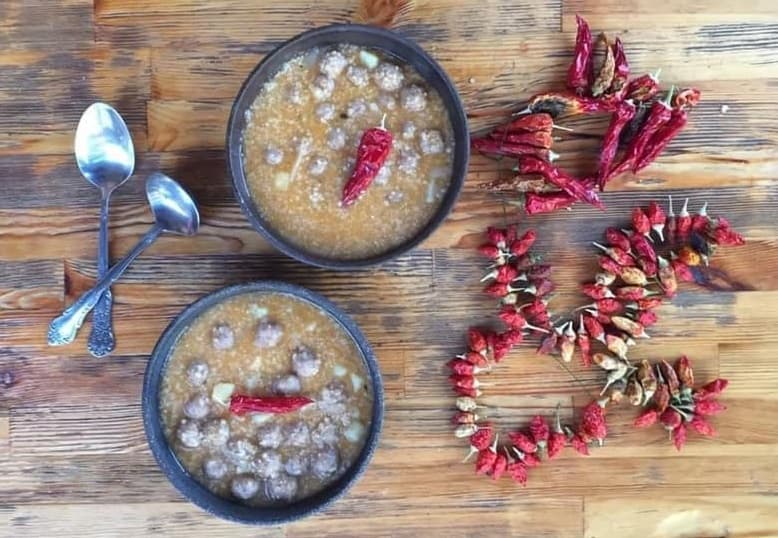
Topia (Balls)
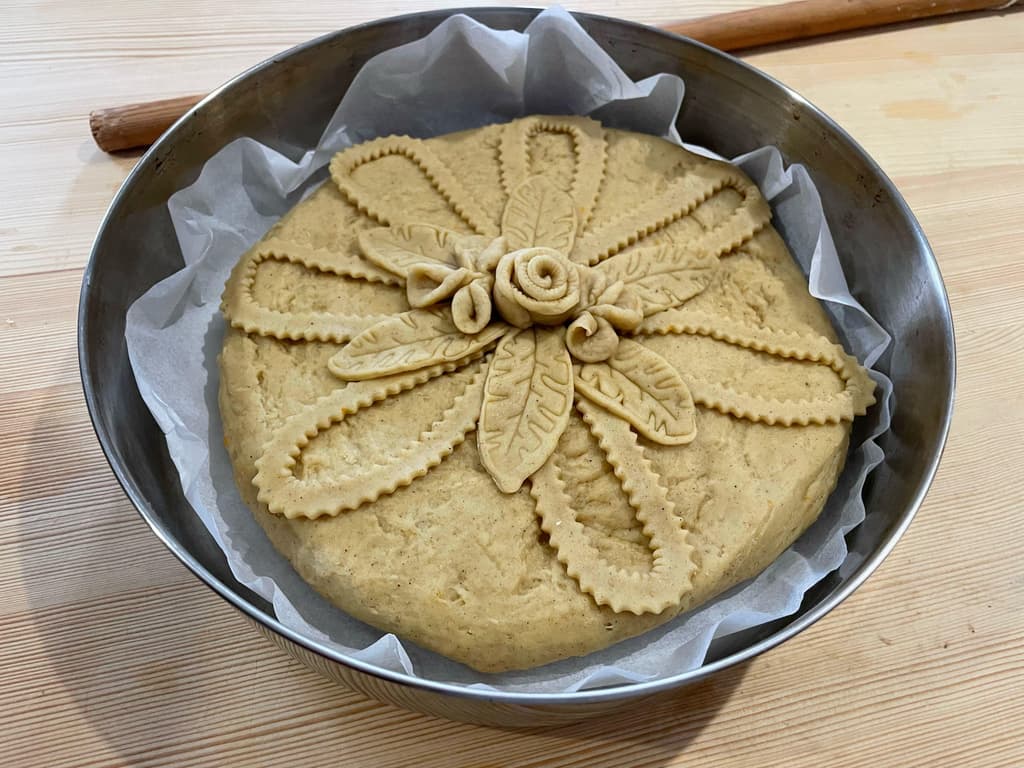
The Traditional 'Bread of the Year'
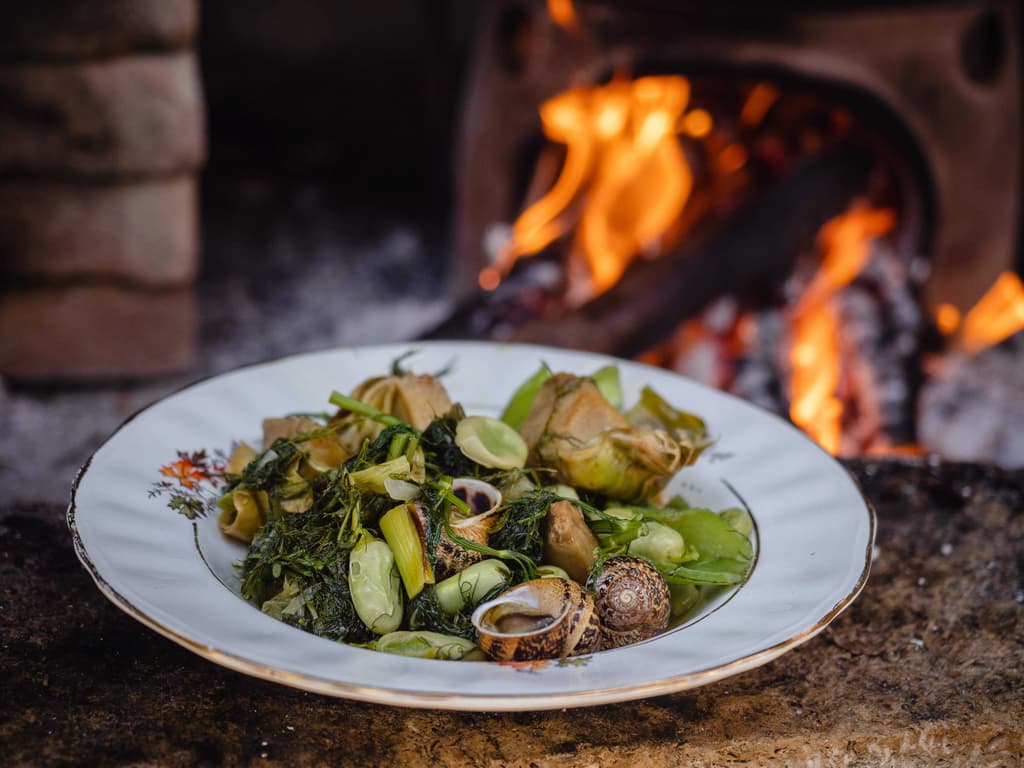
Snails with Broad Beans and Artichokes
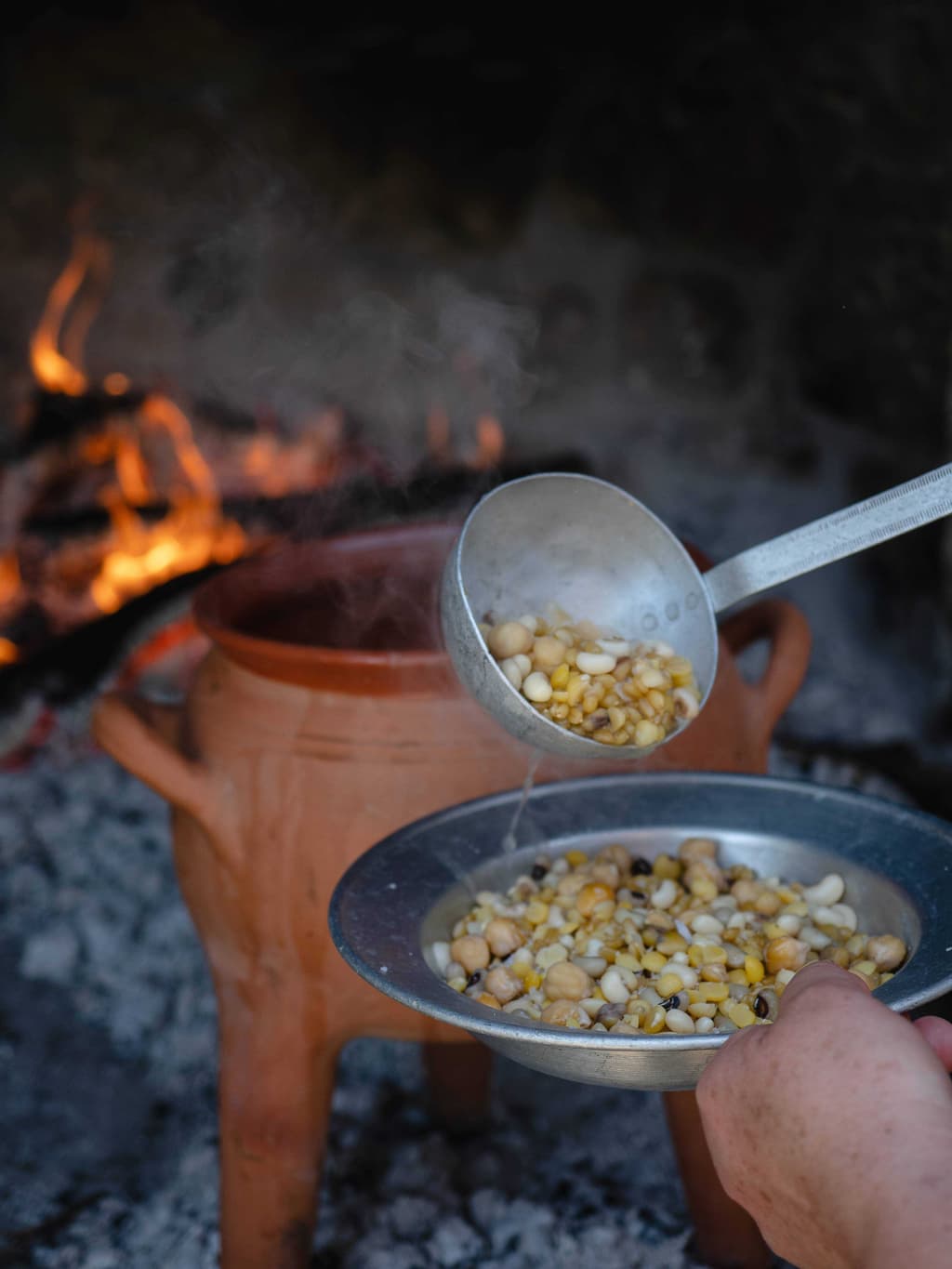
Cretan Ospriada or Palikaria (A Legume Dish)
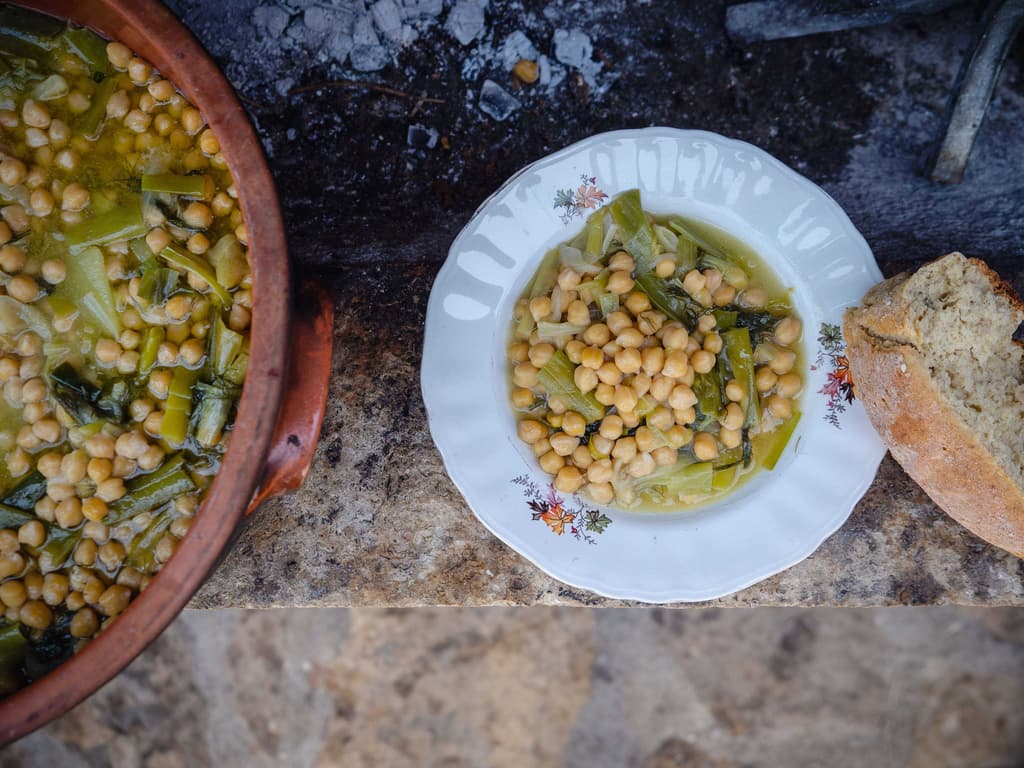
Chickpeas with Wild Leeks, Flour and Lemon Sauce
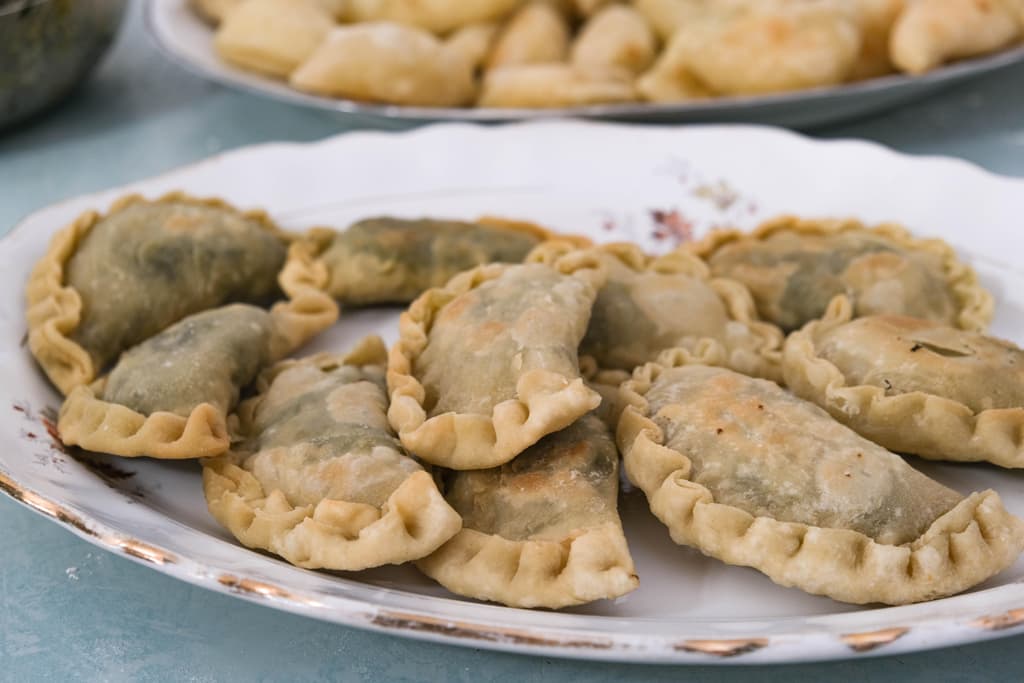
Pies with ‘Yachnera’ Greens
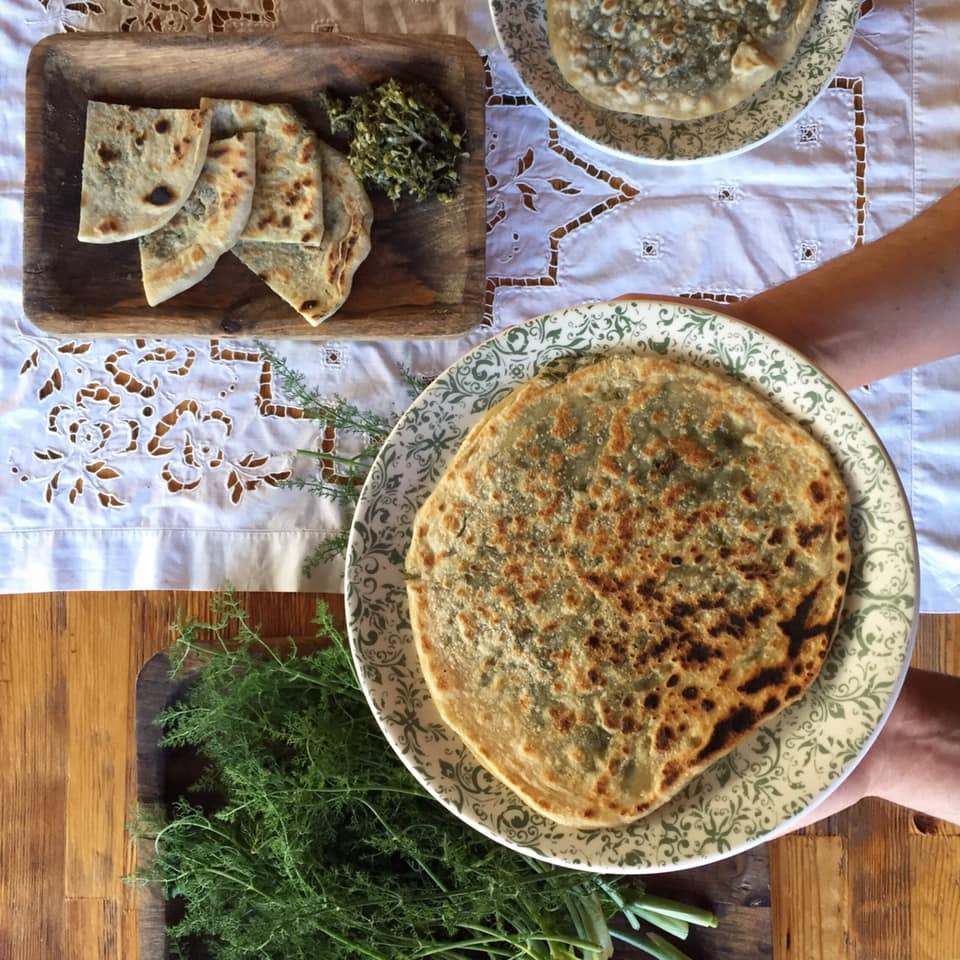
Fennel Pie

Sfakian Pie or Sfakianopita

Biscuits with Sesame Seeds

Sweet Rice Pie or 'Tzoulamas'
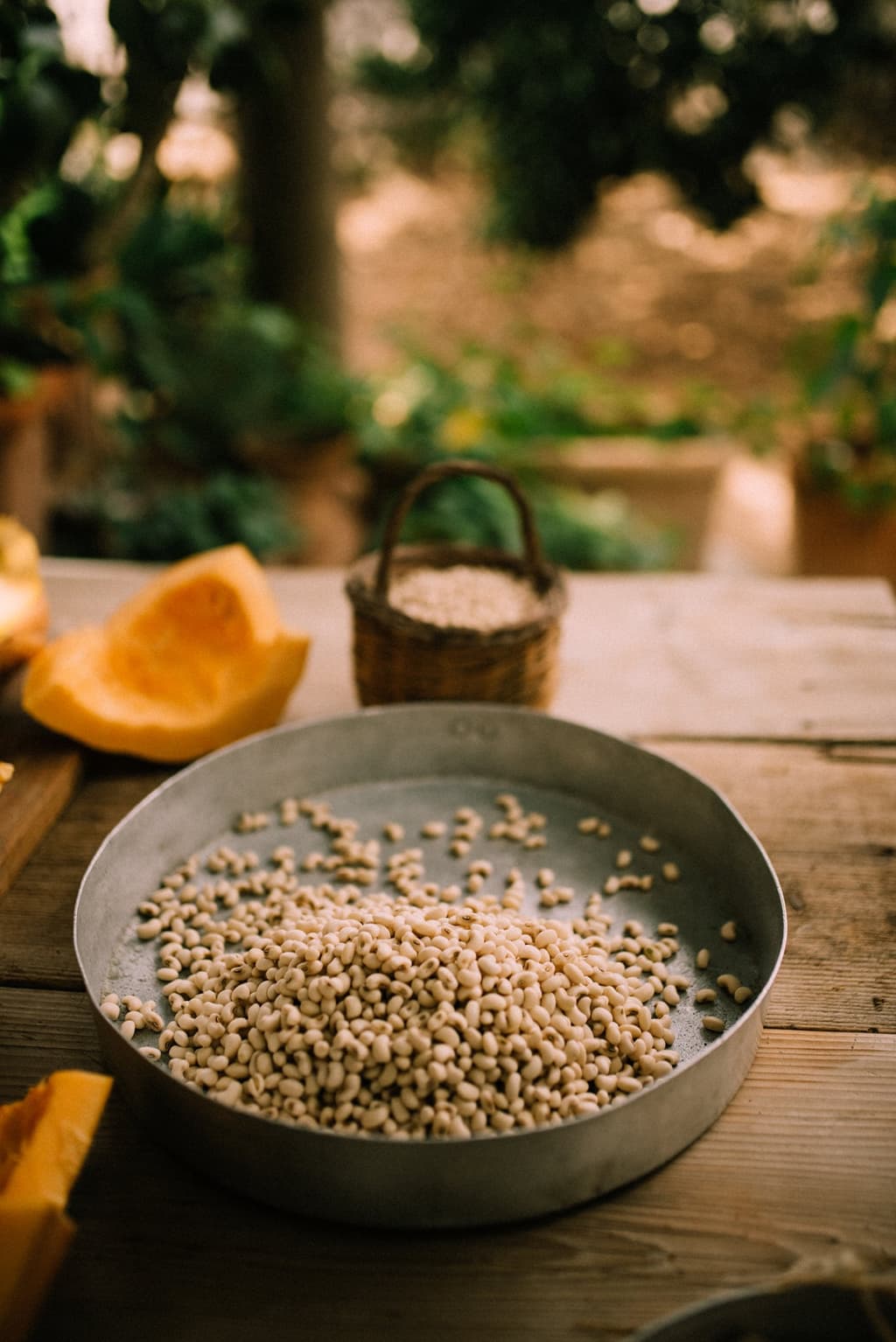
Apostoli White-Eyed Bean
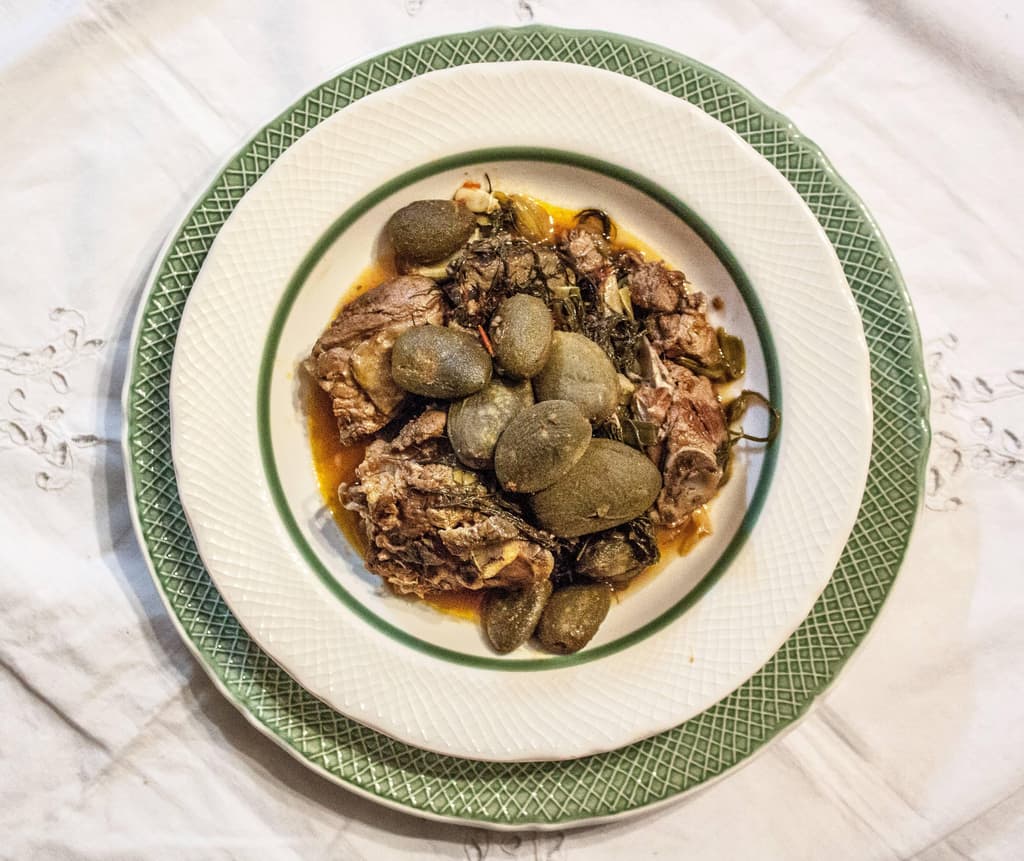
Almond-Infused Goat Dish with Fennel: A Fresh Delight
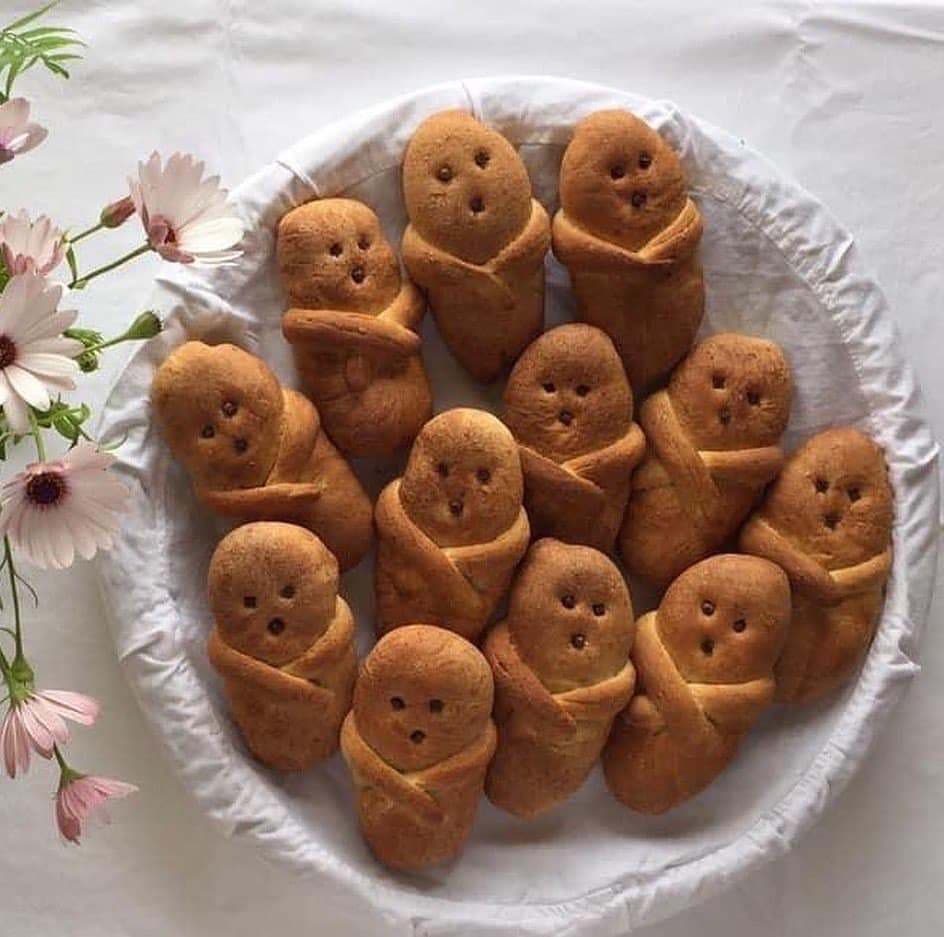
Lazarosavato

The Holy Week Sourdough
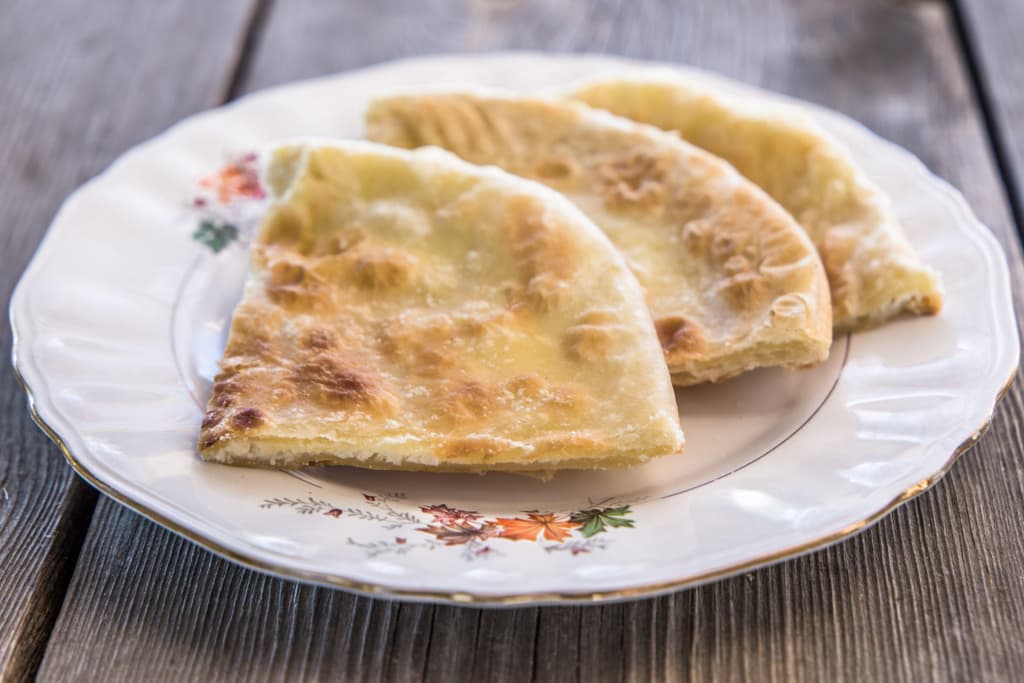
Nerati Mizithropita
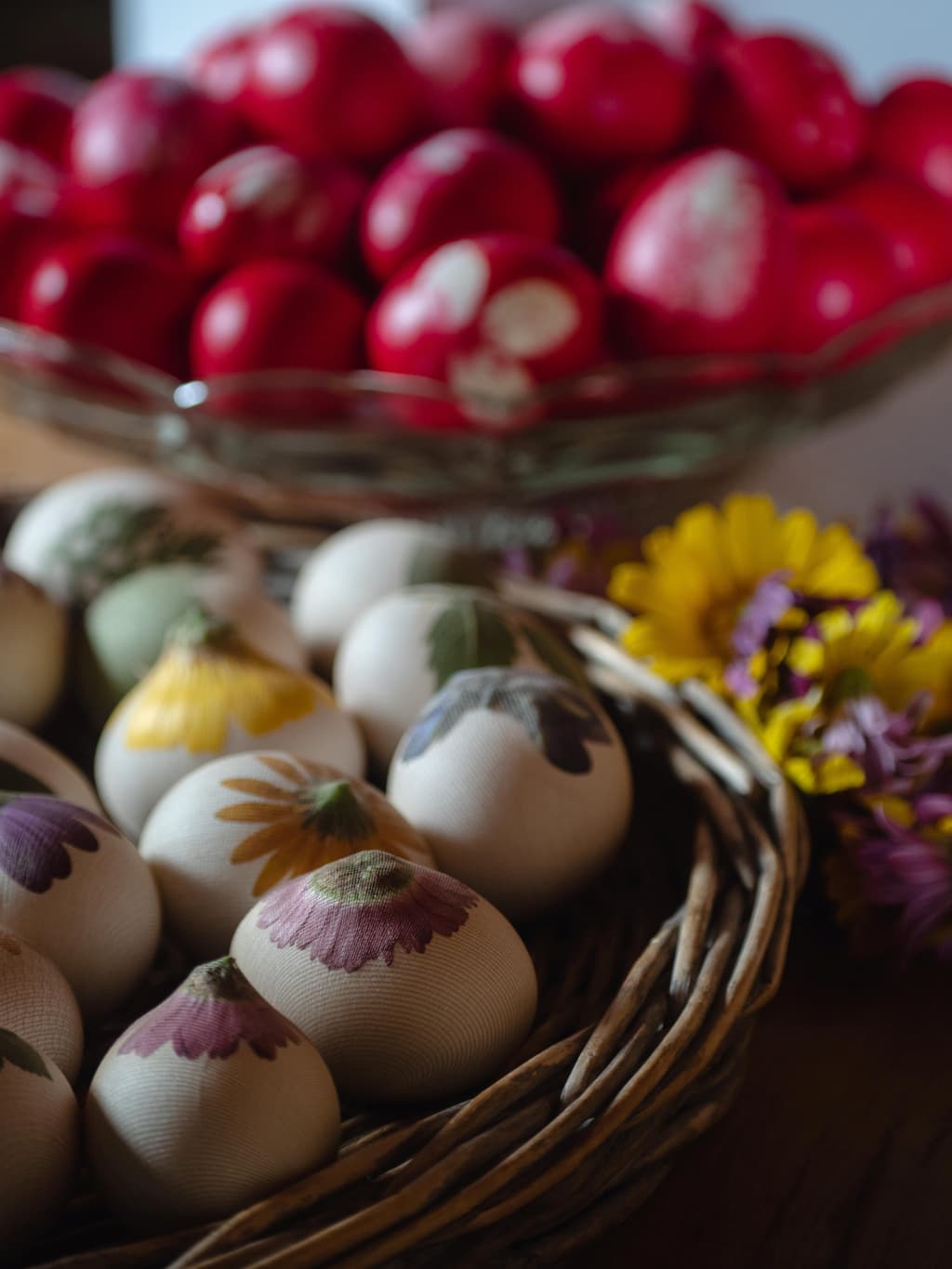
Easter Eggs
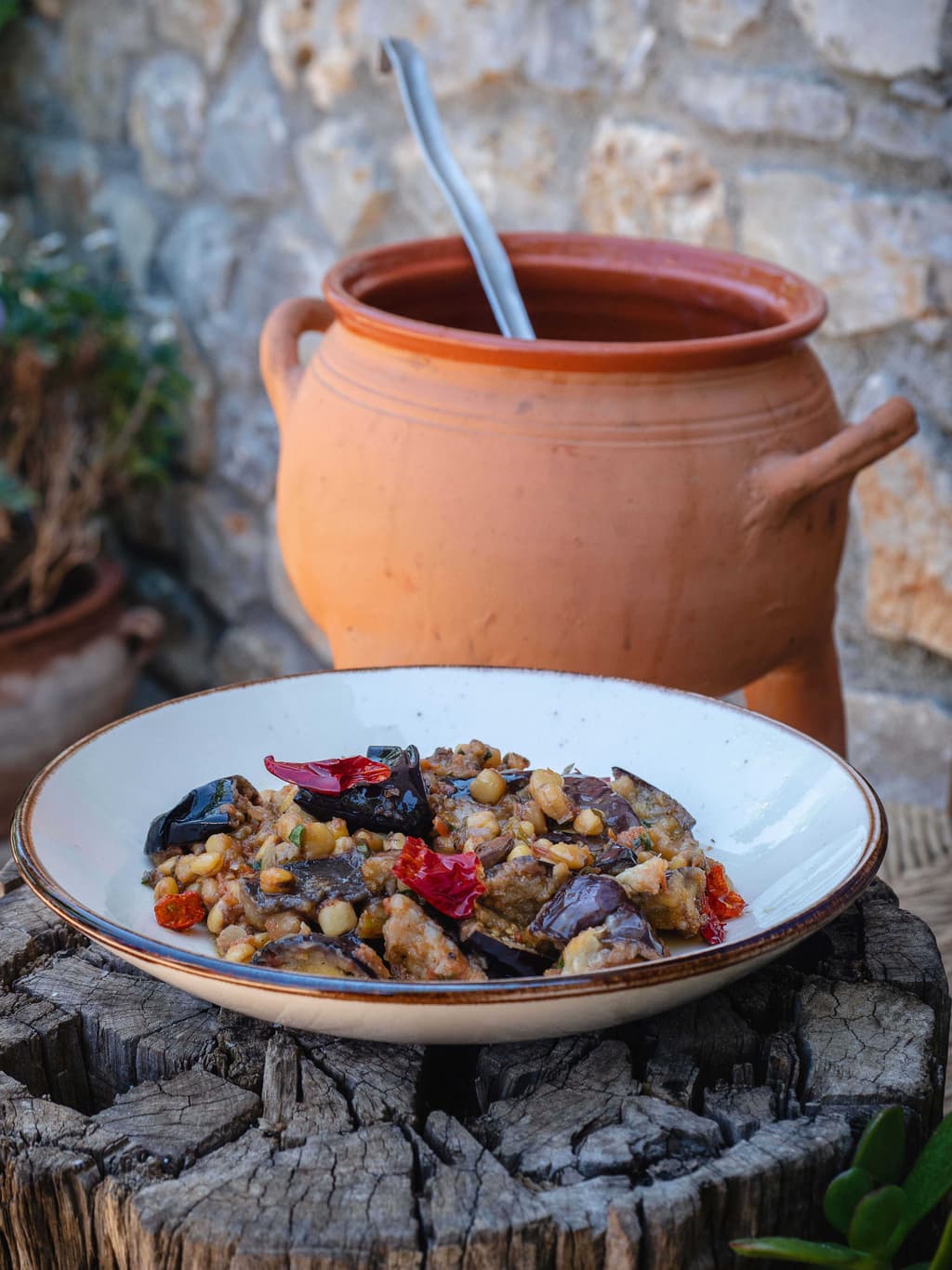
Kalikota
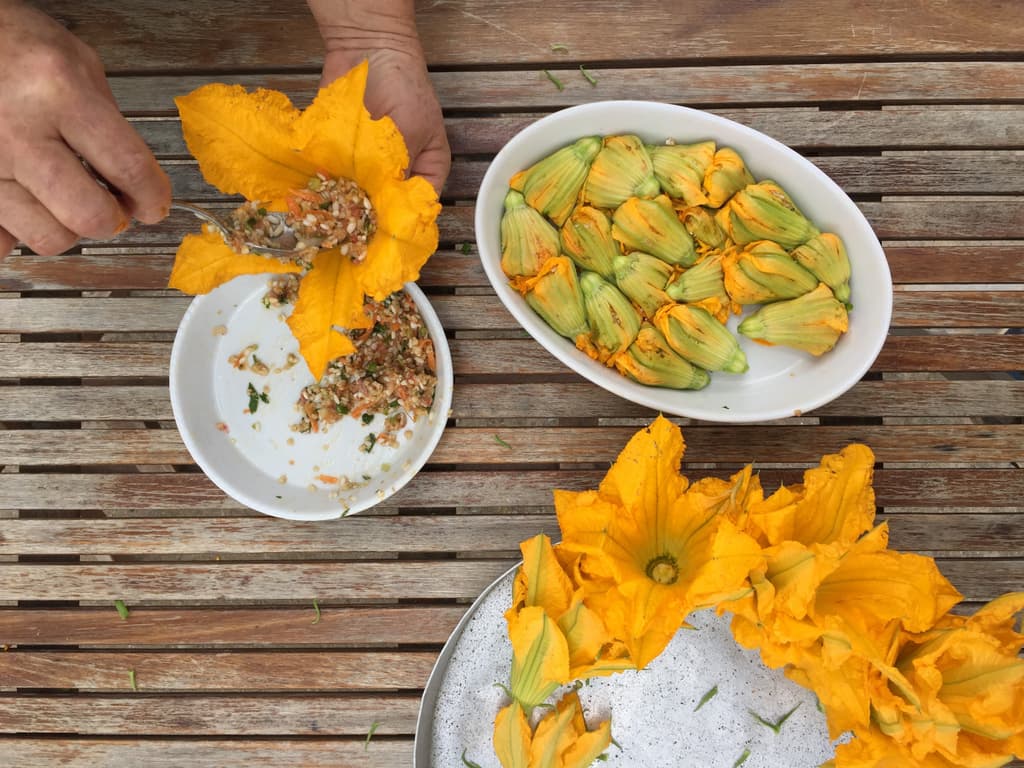
Stuffed Courgette Flowers
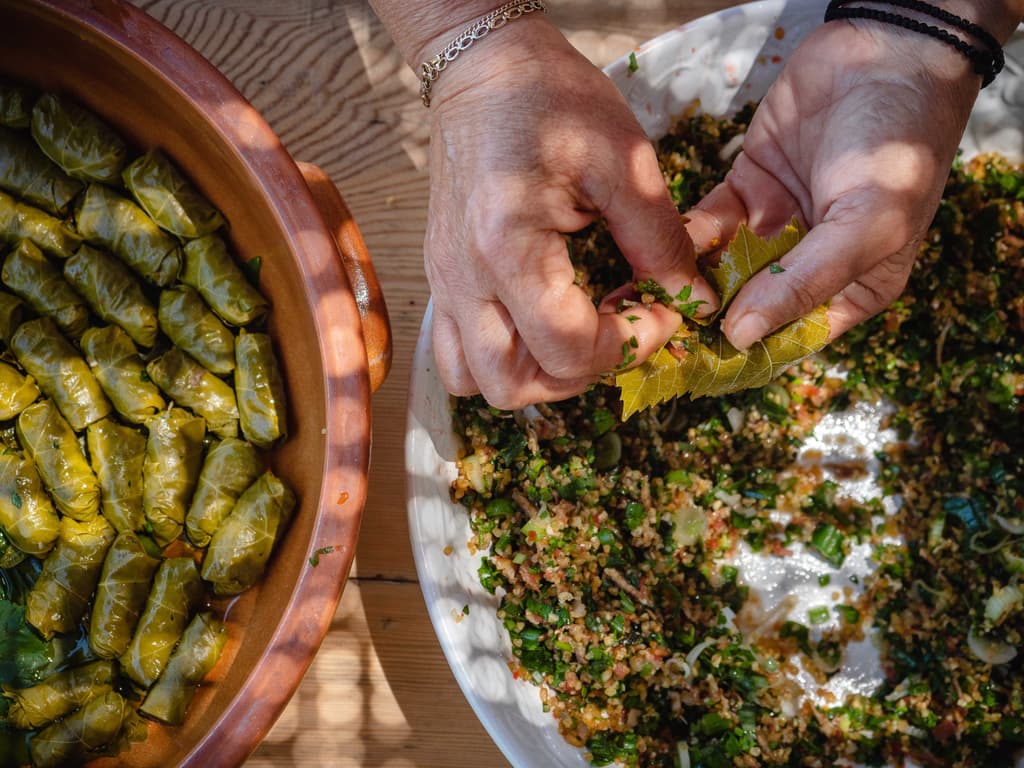
Stuffed Vine Leaves

Cracked Wheat and Snails
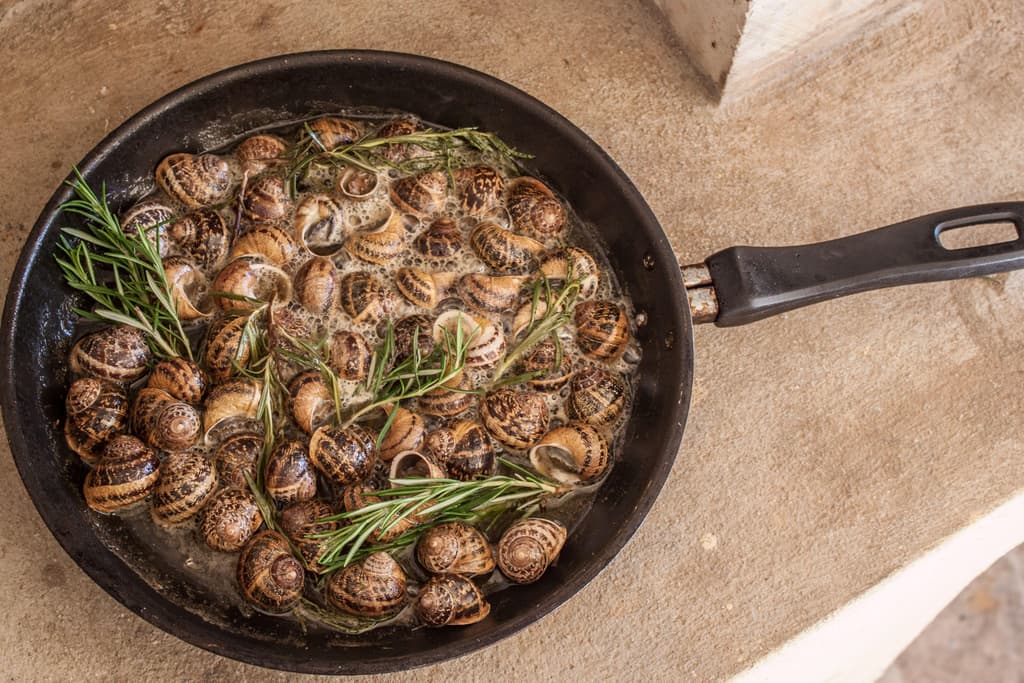
Chochli Boubouristi (Snails Face Down)
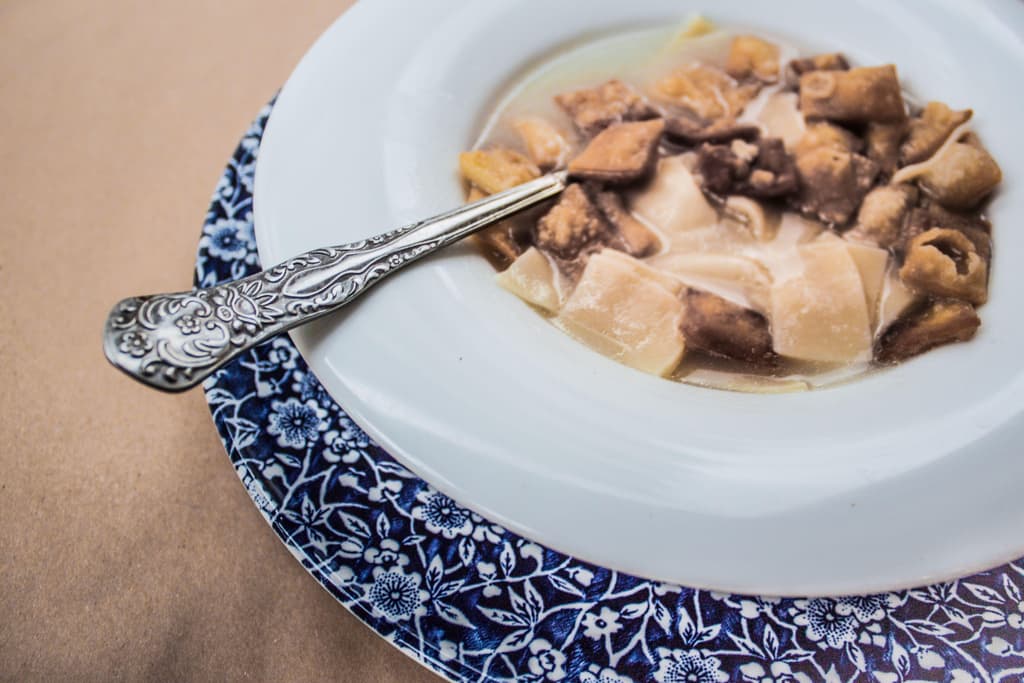
Mangiri
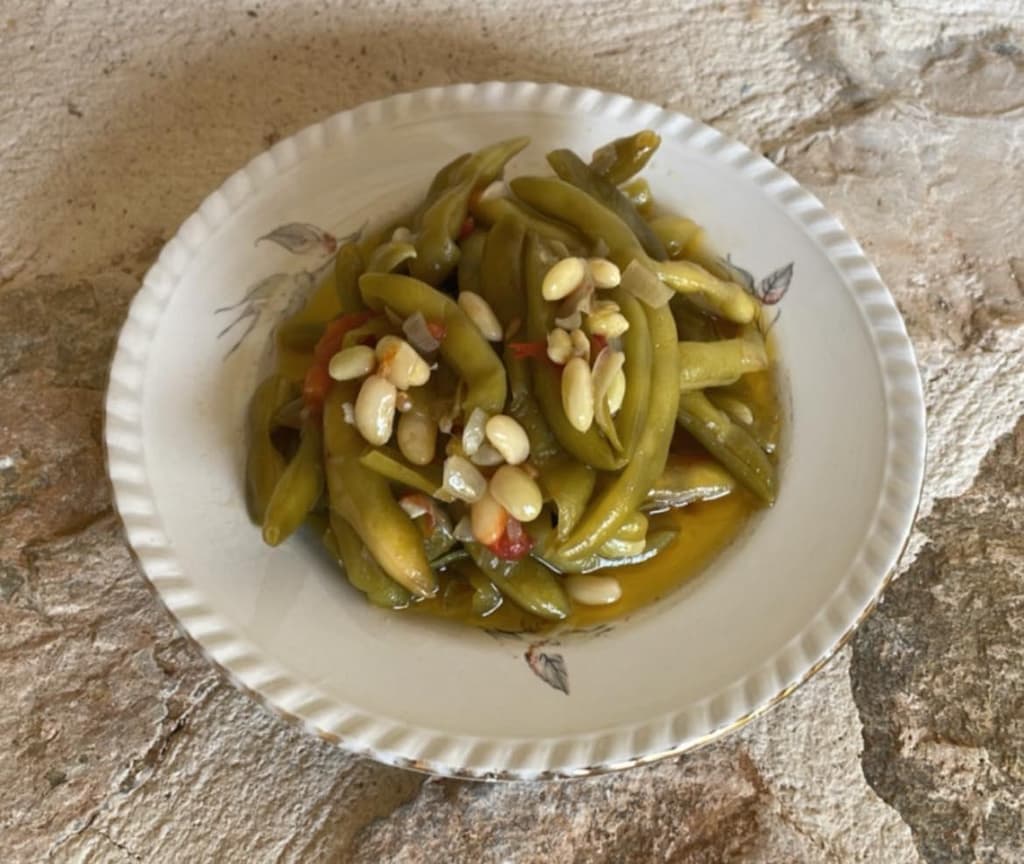
Symian Bean
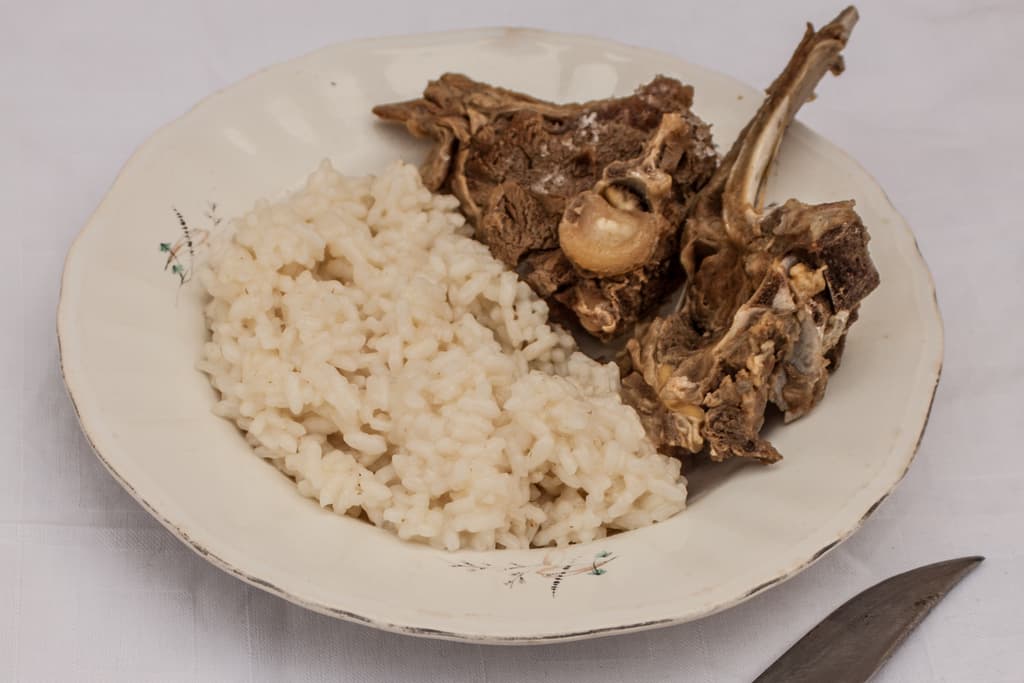
Cretan Pilaf
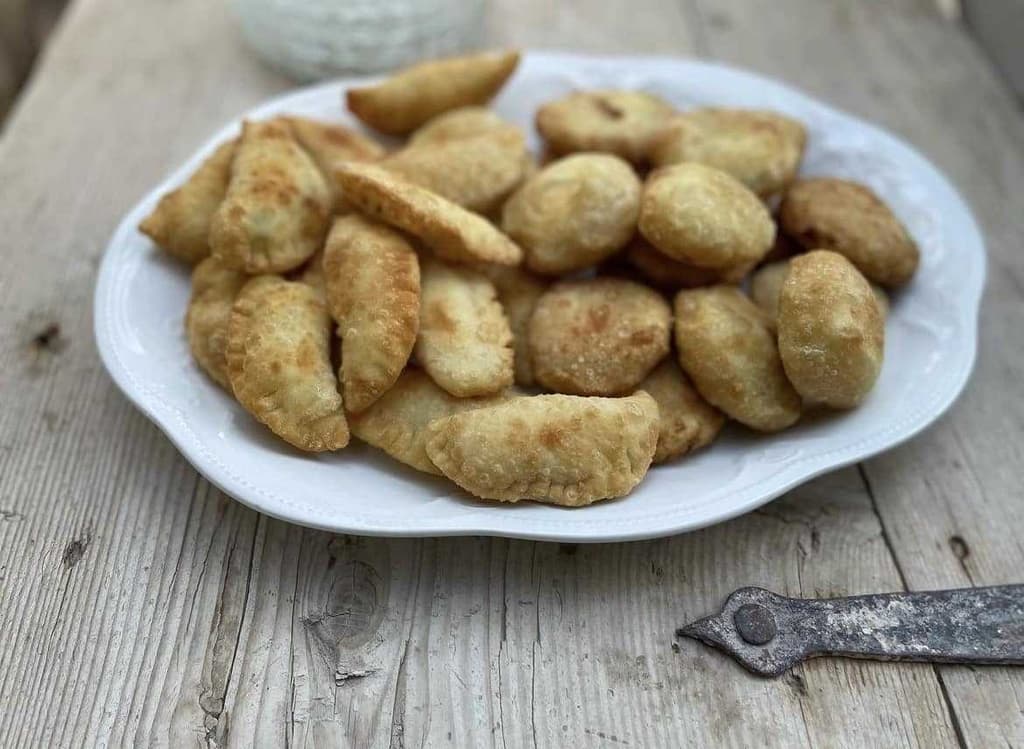
Rethymno Water Pies
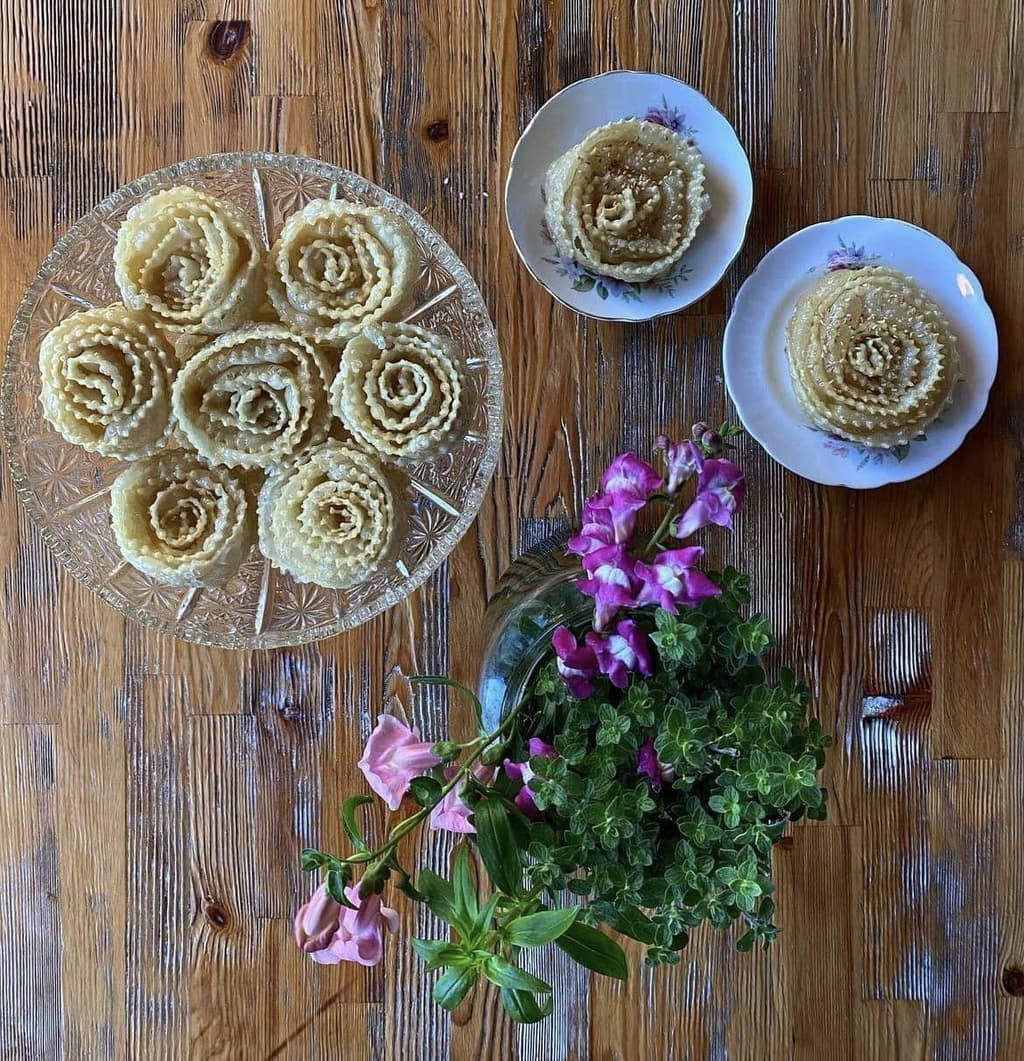
Xerotigana
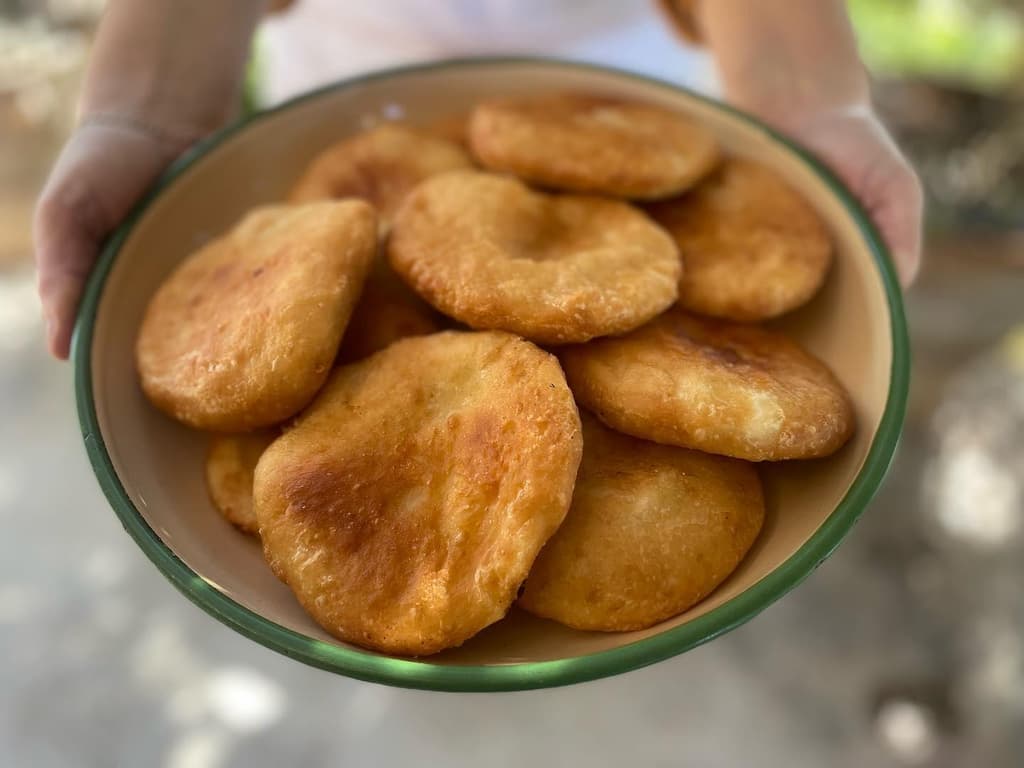
Agnopites
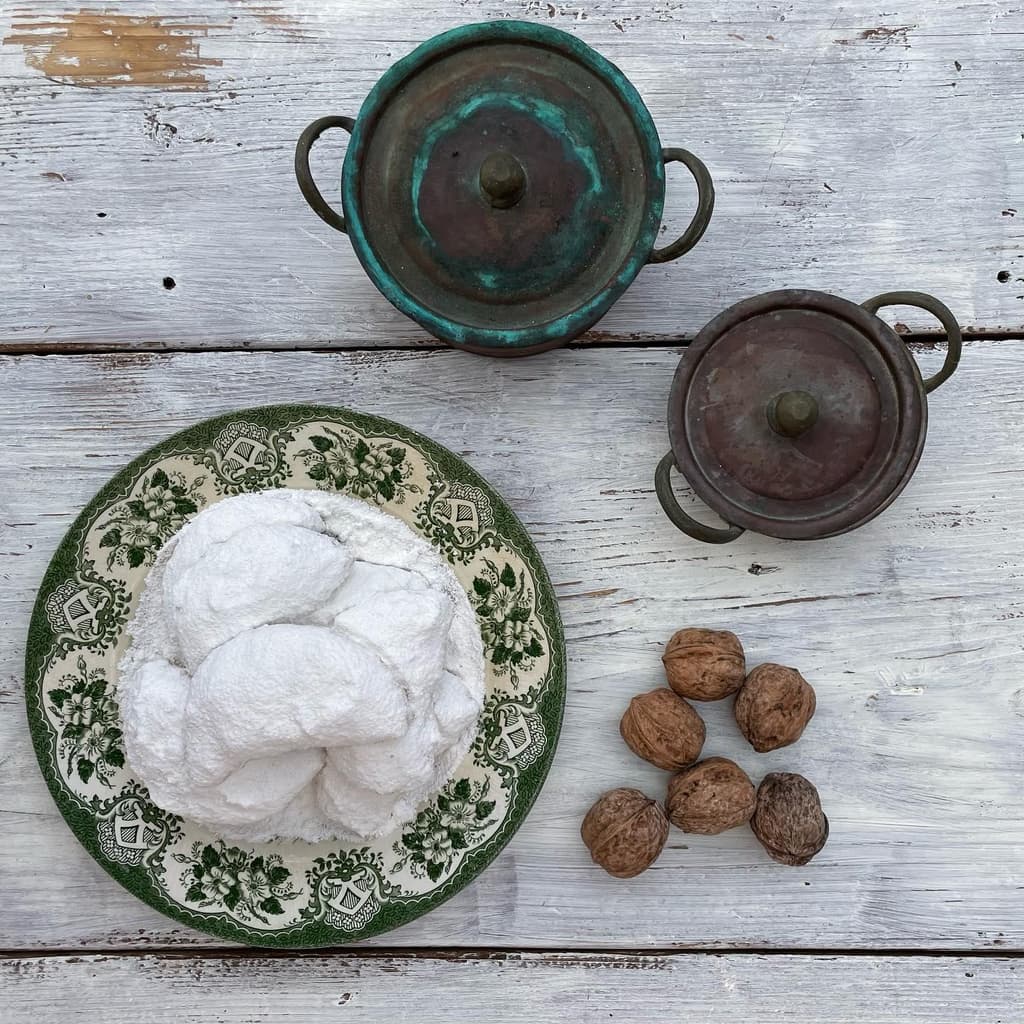
Patoudo

Safidota

Kakavia (Fish Soup)
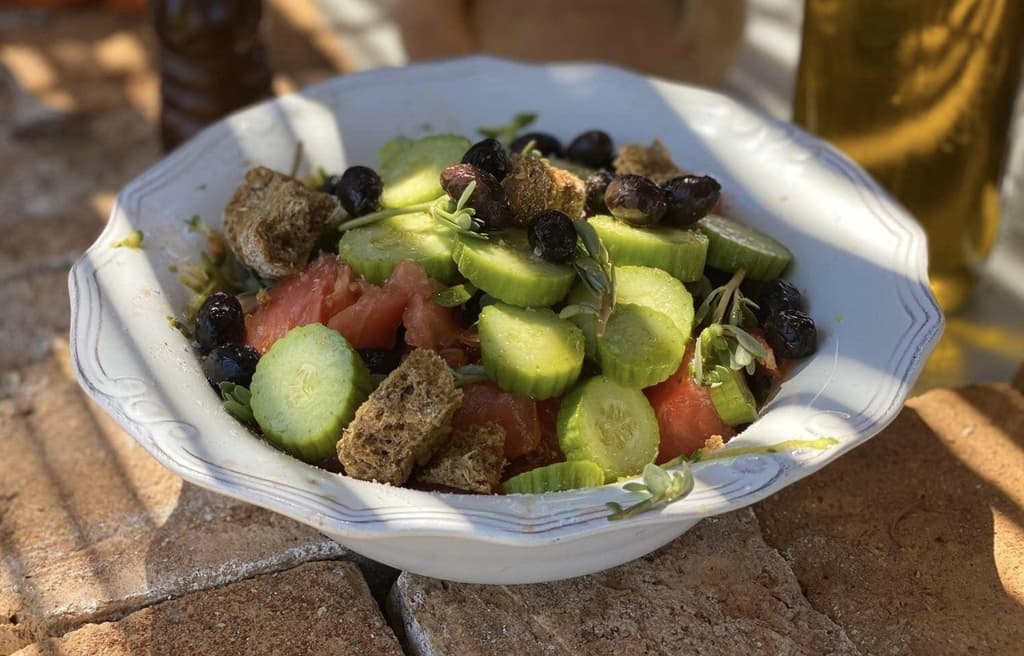
Cretan Greek salad
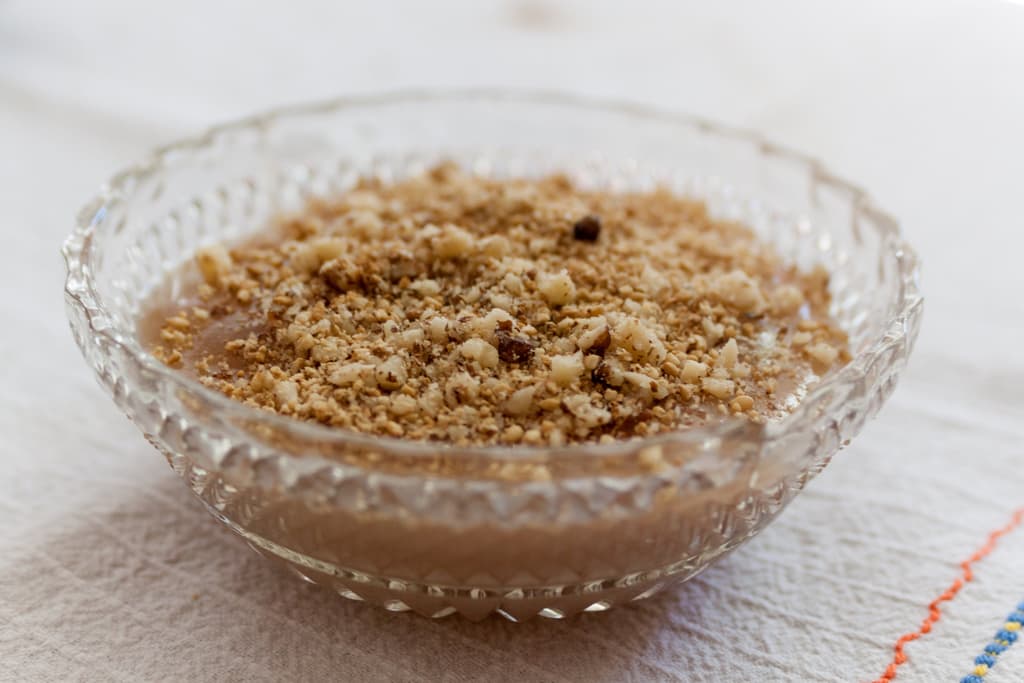
The Sweet Bounty of the Cretan Harvest
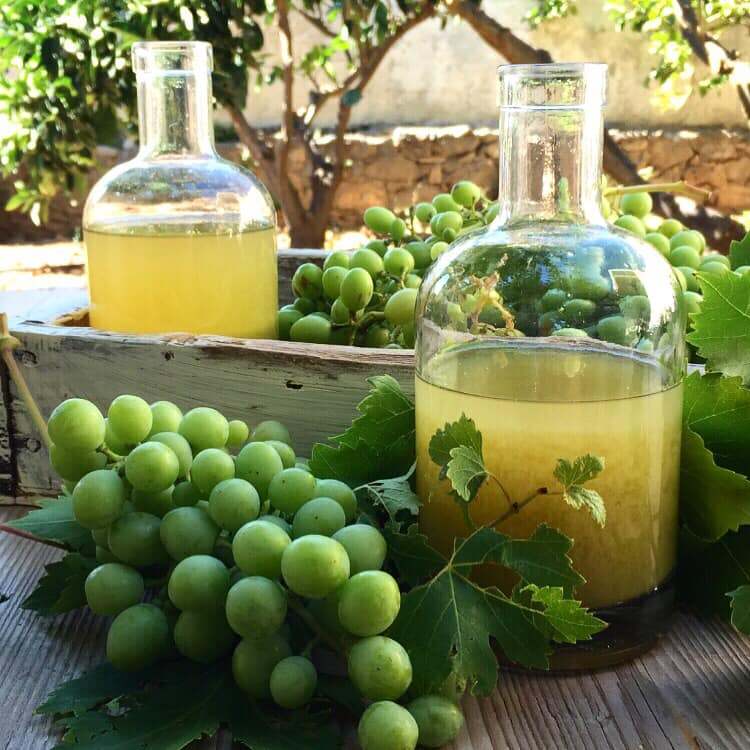
Okra and Unripe Grape
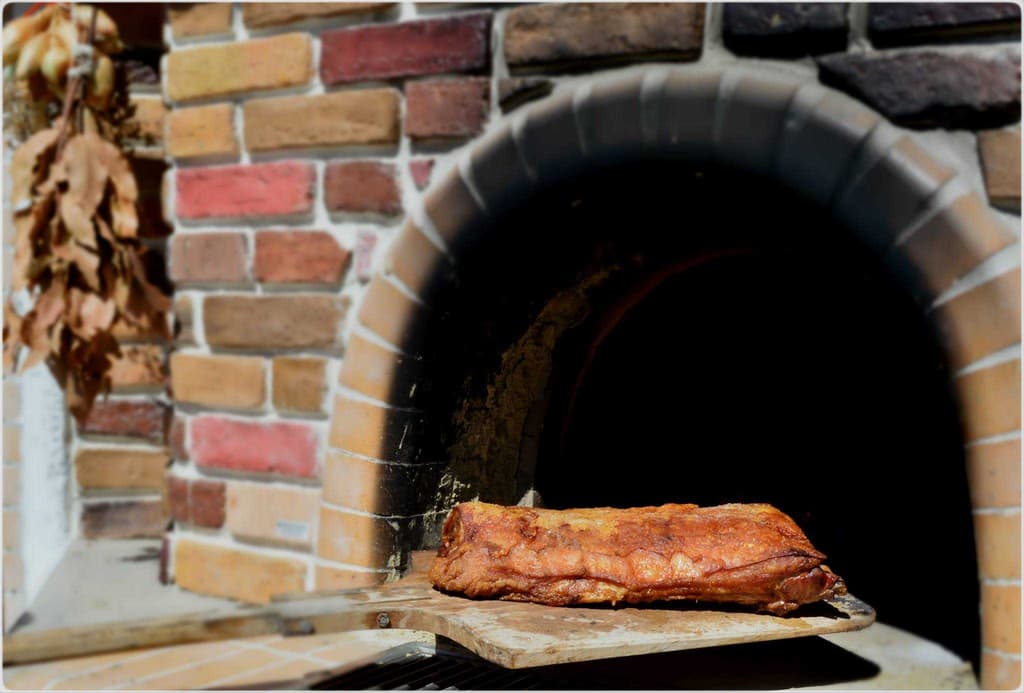
Kapriko
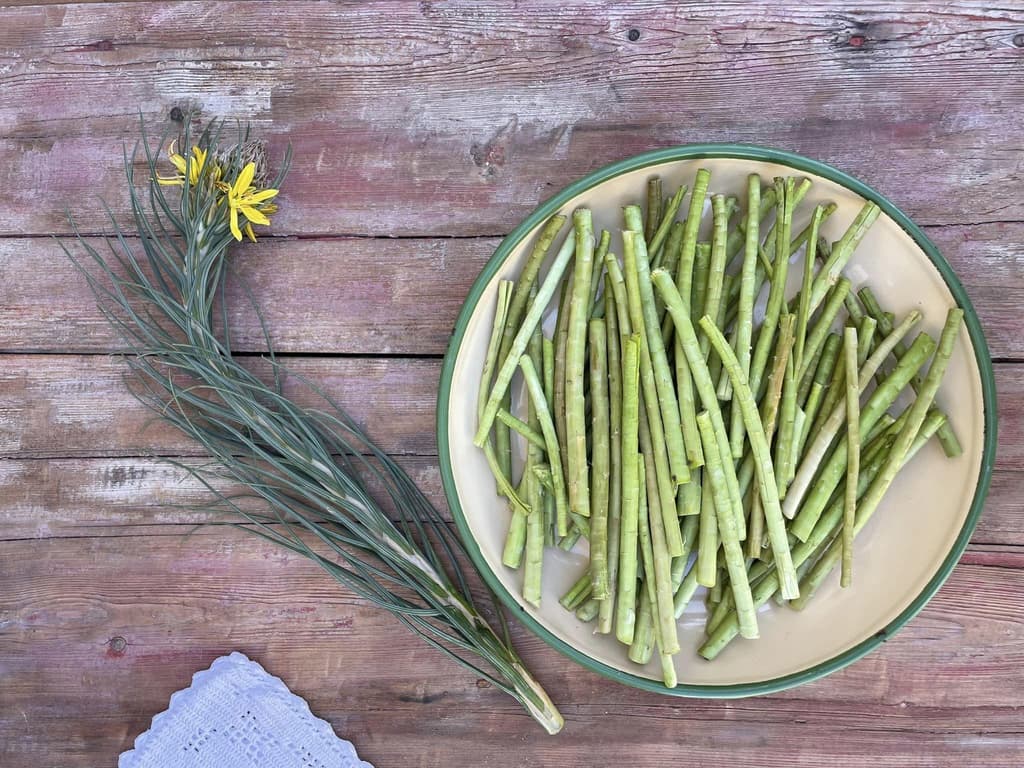
Discovering and Cooking Asphodelaceae: A Taste of Local Cuisine
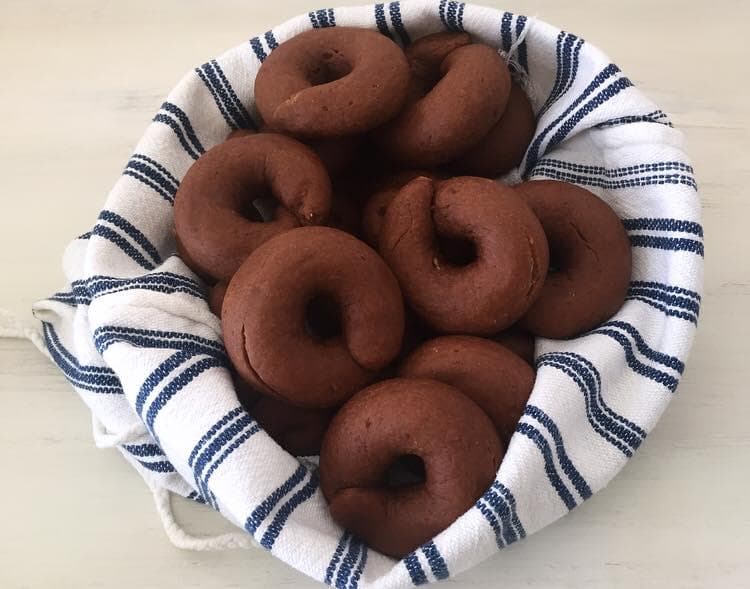
Moustokouloura
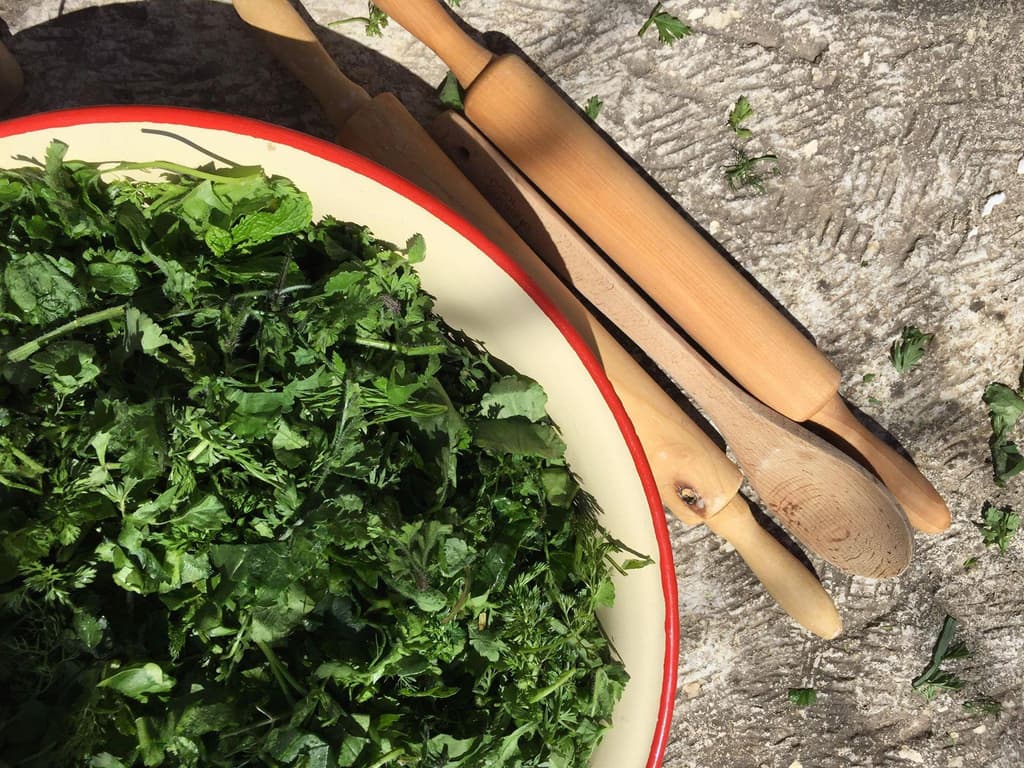
Pie with 'Yachnera' Greens: Baked to Perfection

Pumpkin Stifado
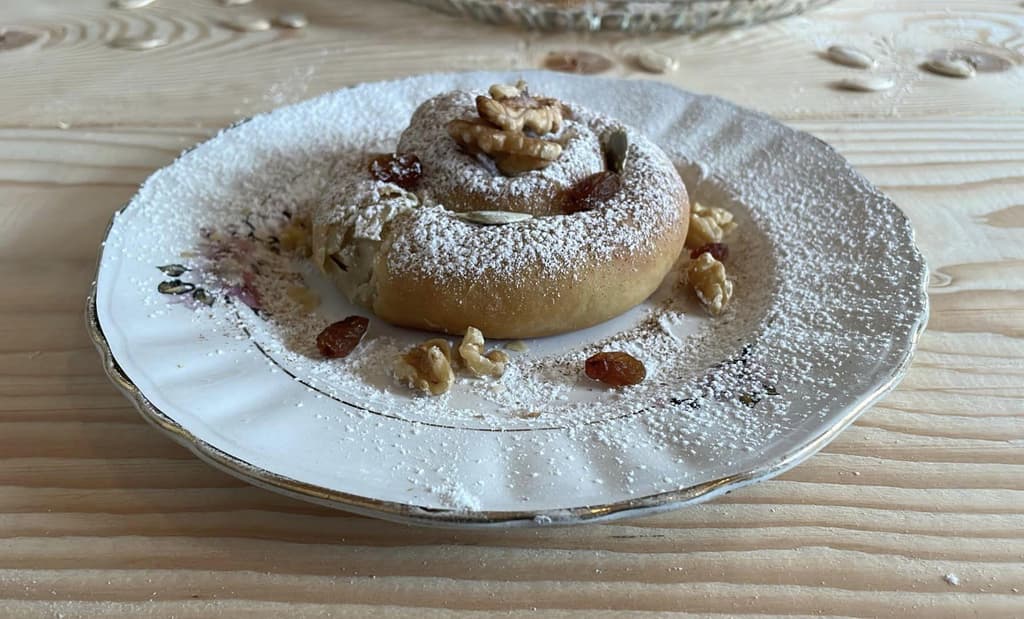
Sweet Pumpkin Pies with Raki Leaves (Oven)
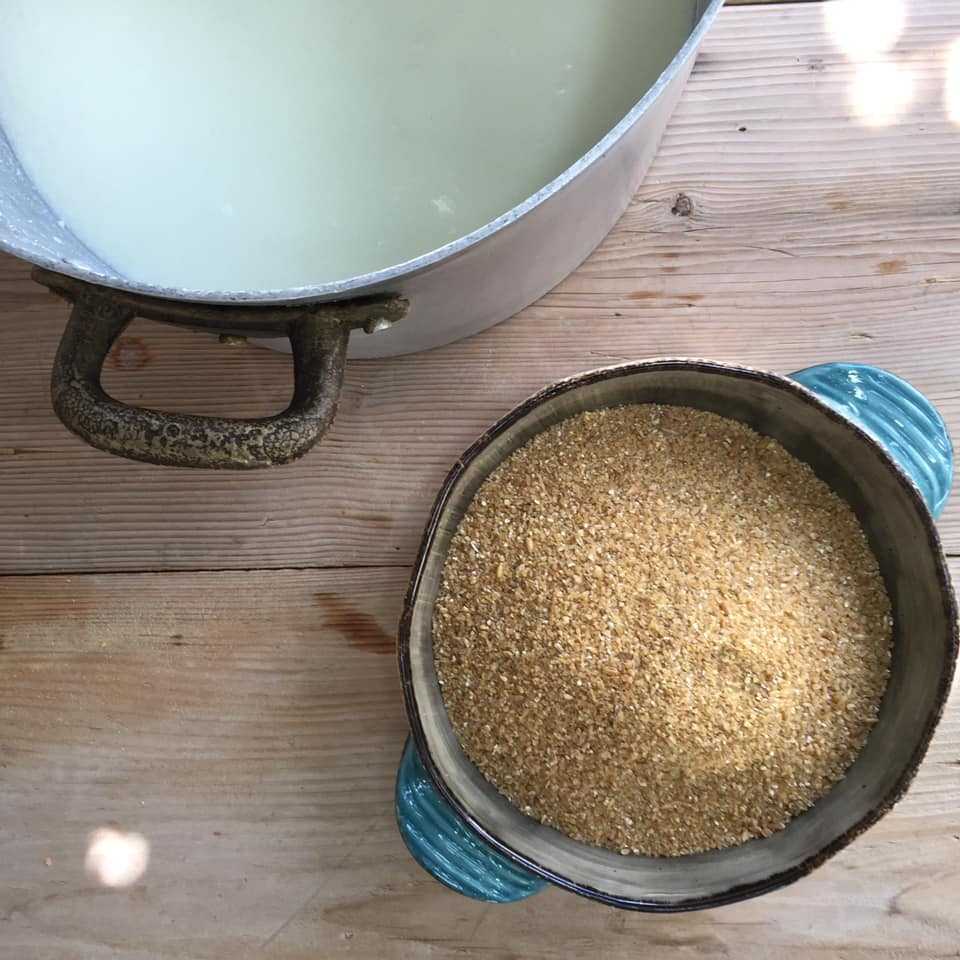
Xinochondros: Sour Bulgur Pasta
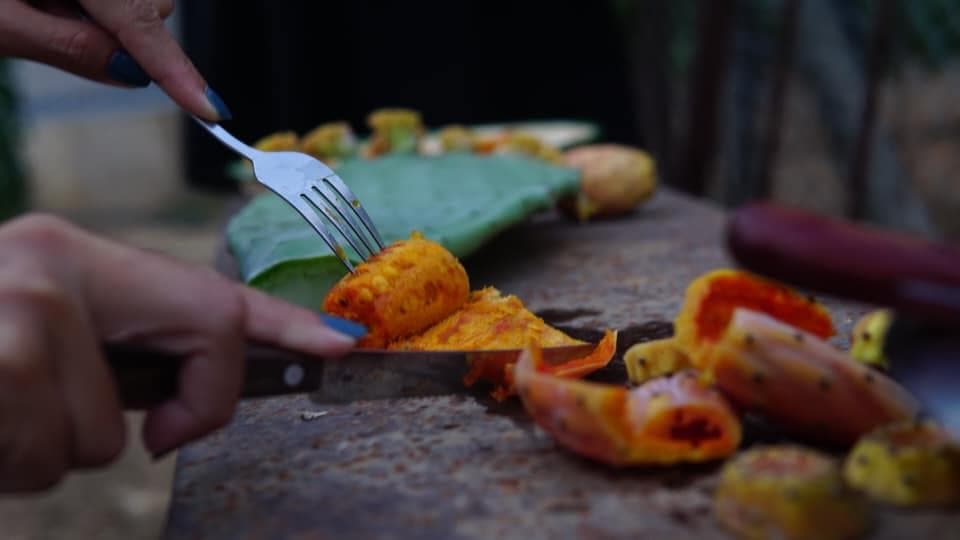
Prickly Pear or Indian Fig
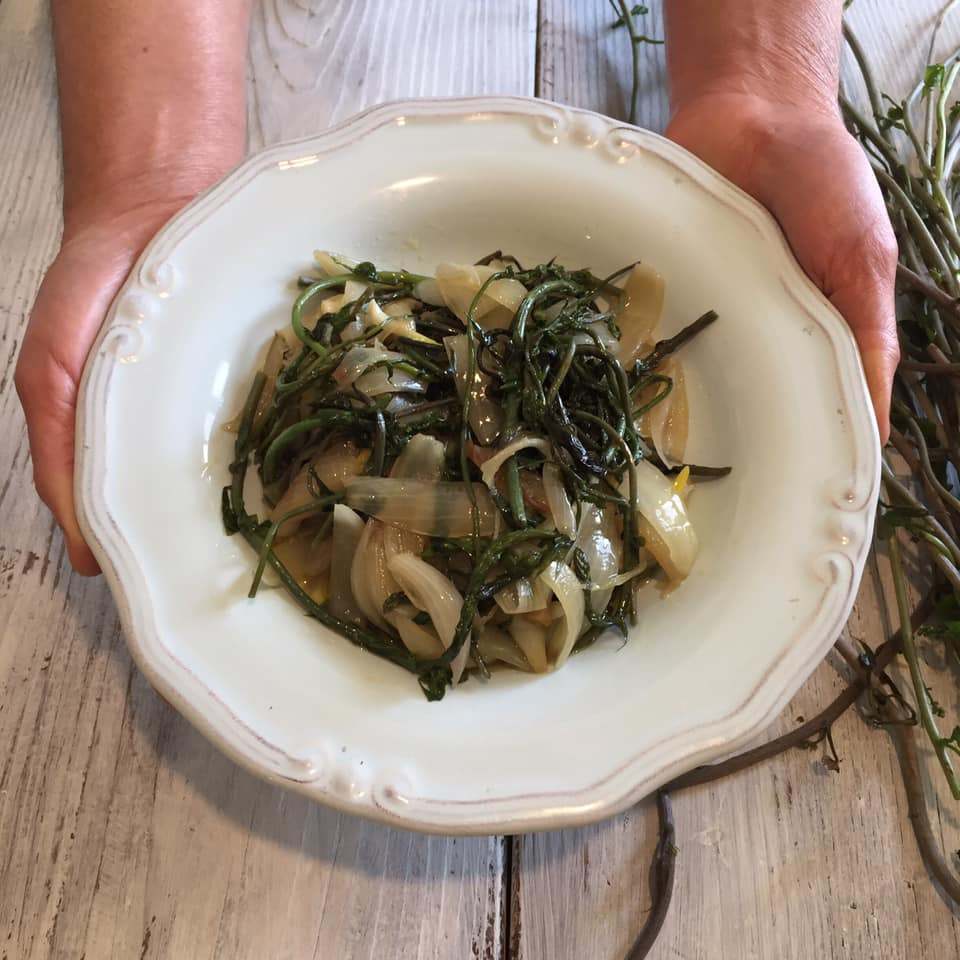
Black Bryony

Tahini Soup without Oil
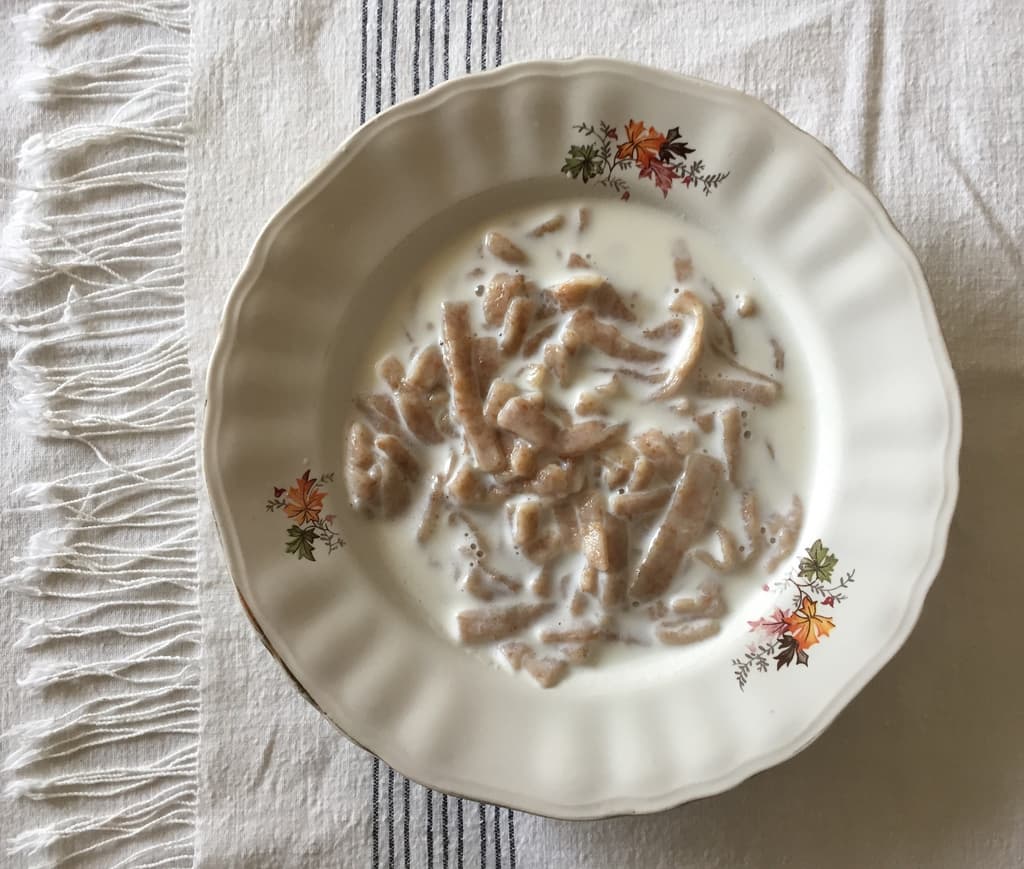
Chylofta with Milk
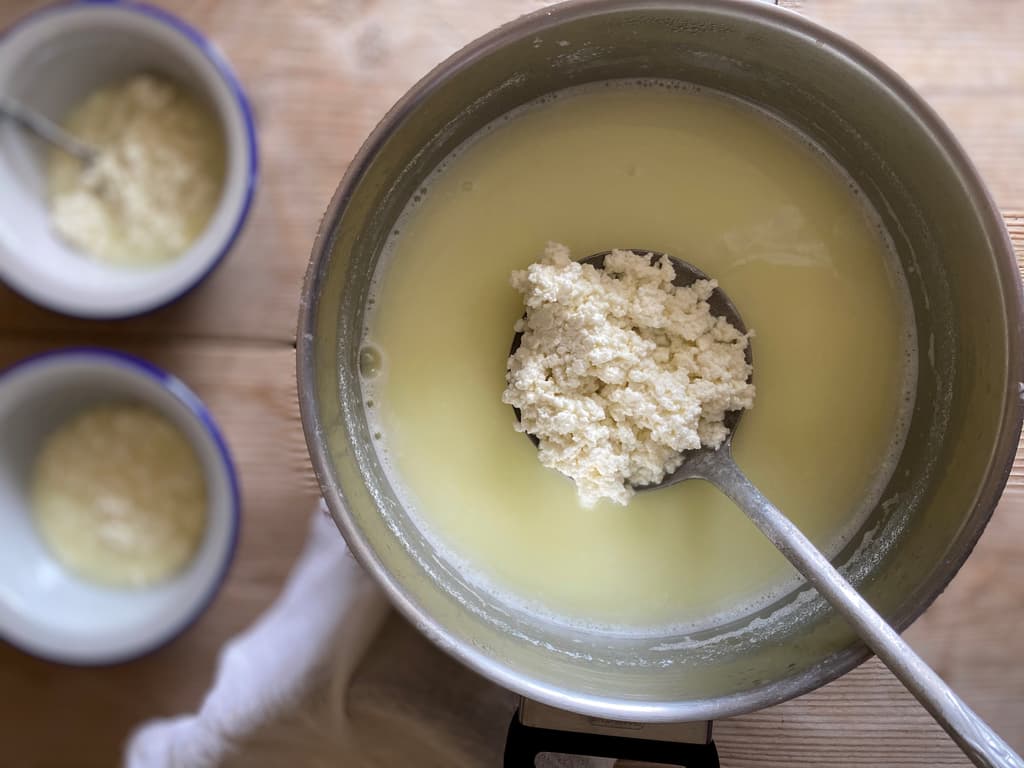
Tyrozouli or Cretan Home Cheese
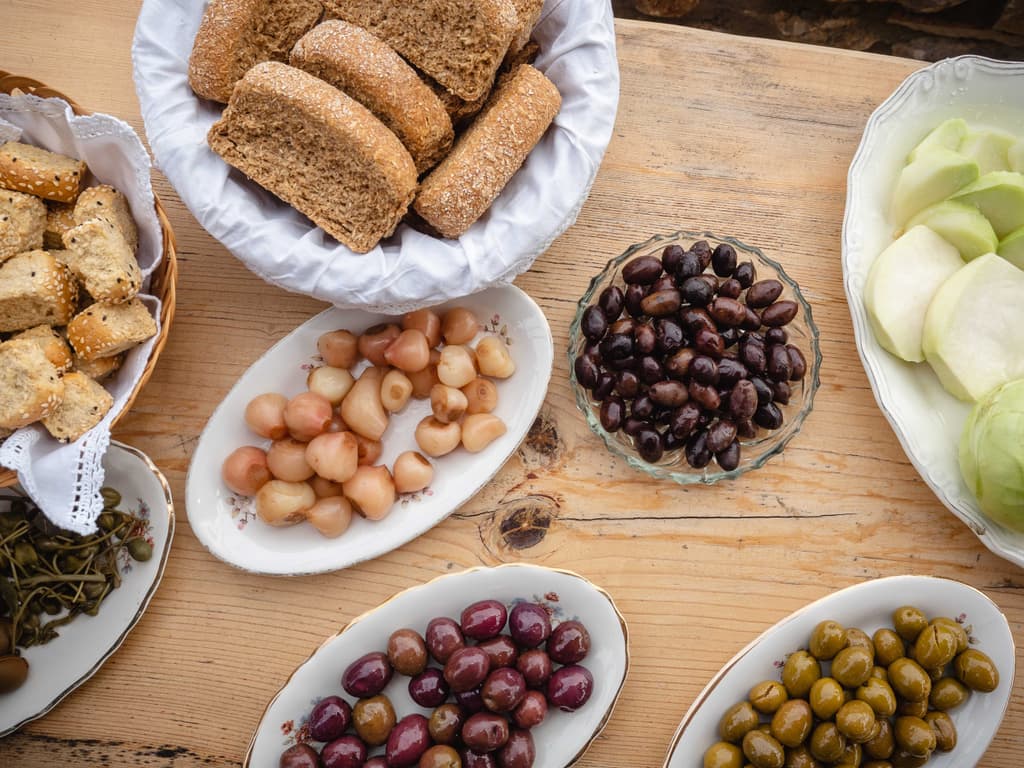
Pickled Tassel Hyacinth

Sourdough Dagoulakia

Delicious Homemade Treat with Lemon Blossoms
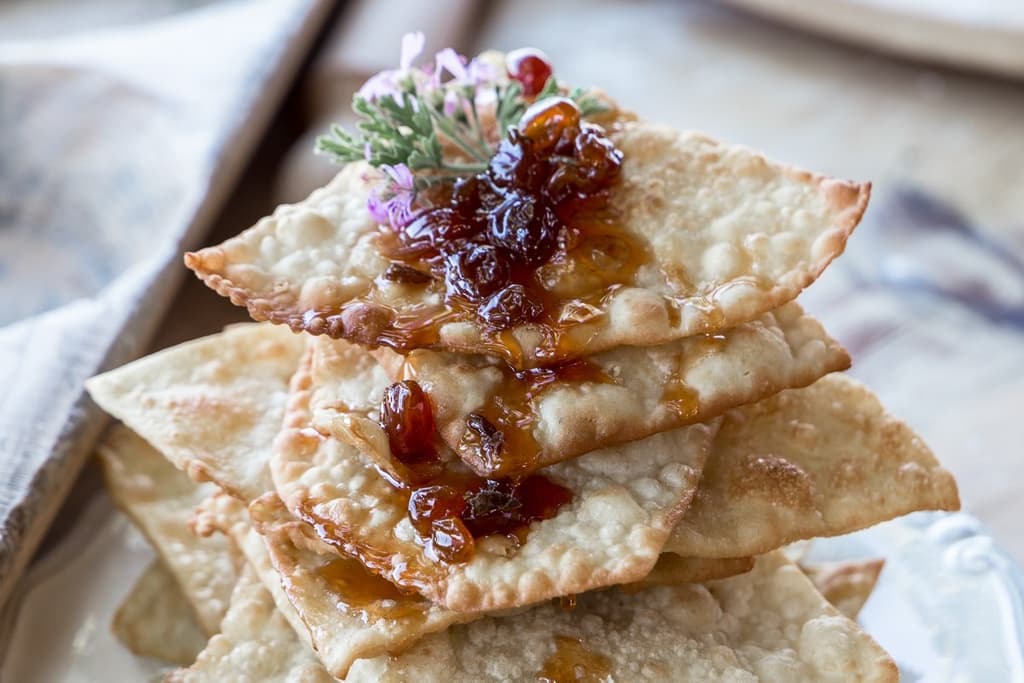
Tiganopites: Greek Fried Pies

Dietary Practices in 17th Century Crete
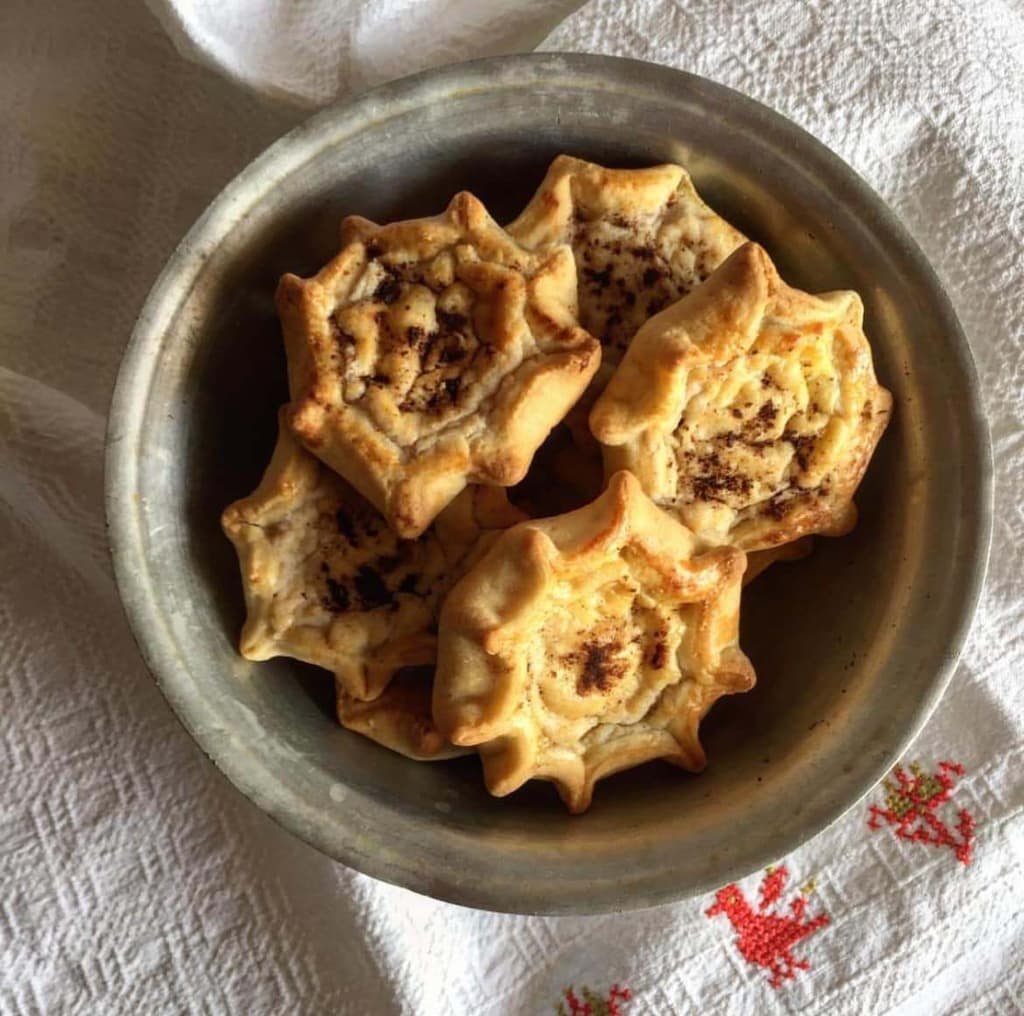
Lychnarakia
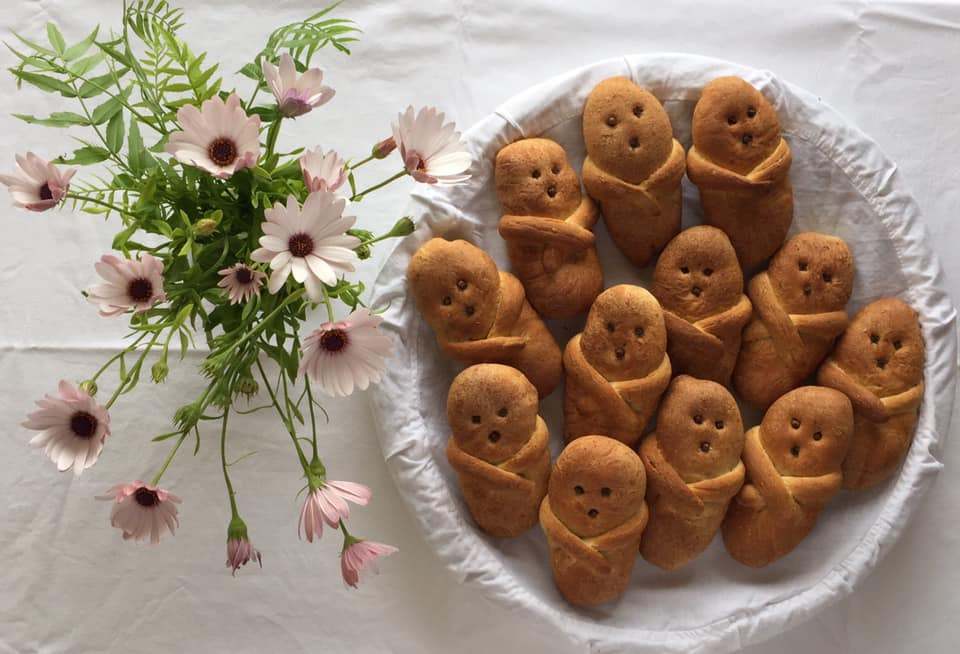
Lazarakia
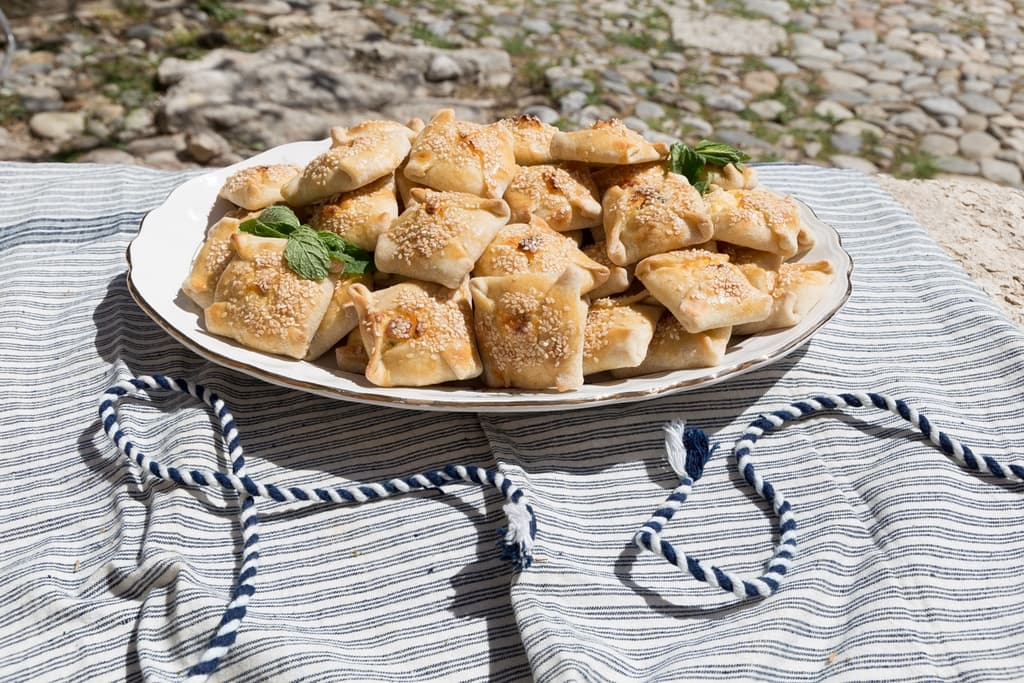
Kalitsounia from Chania
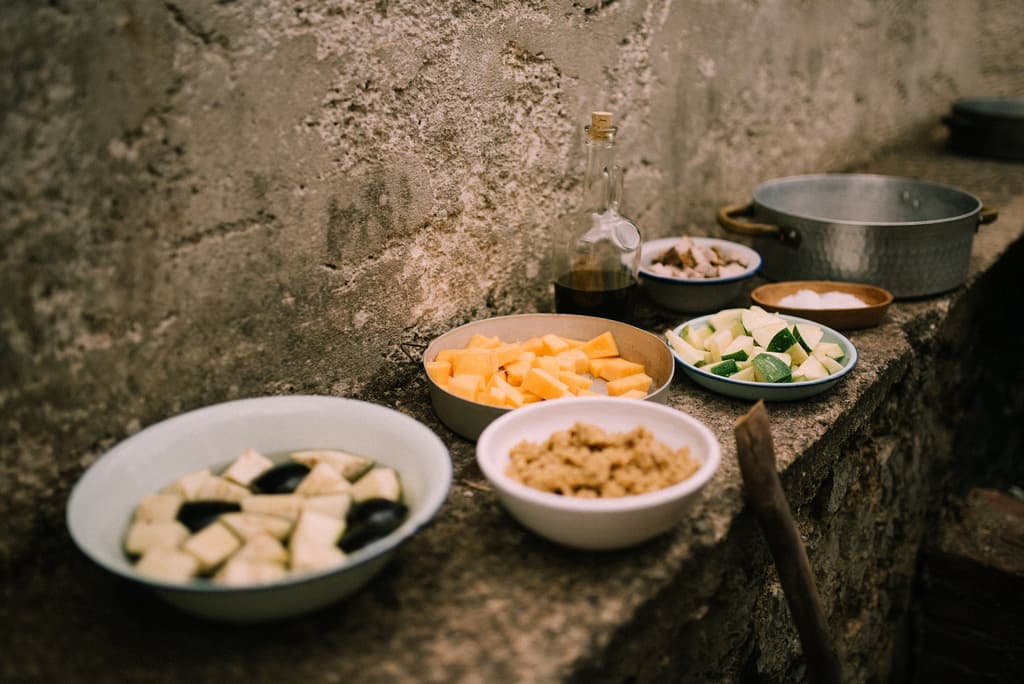
Apaki with Xinohondros and Vegetables
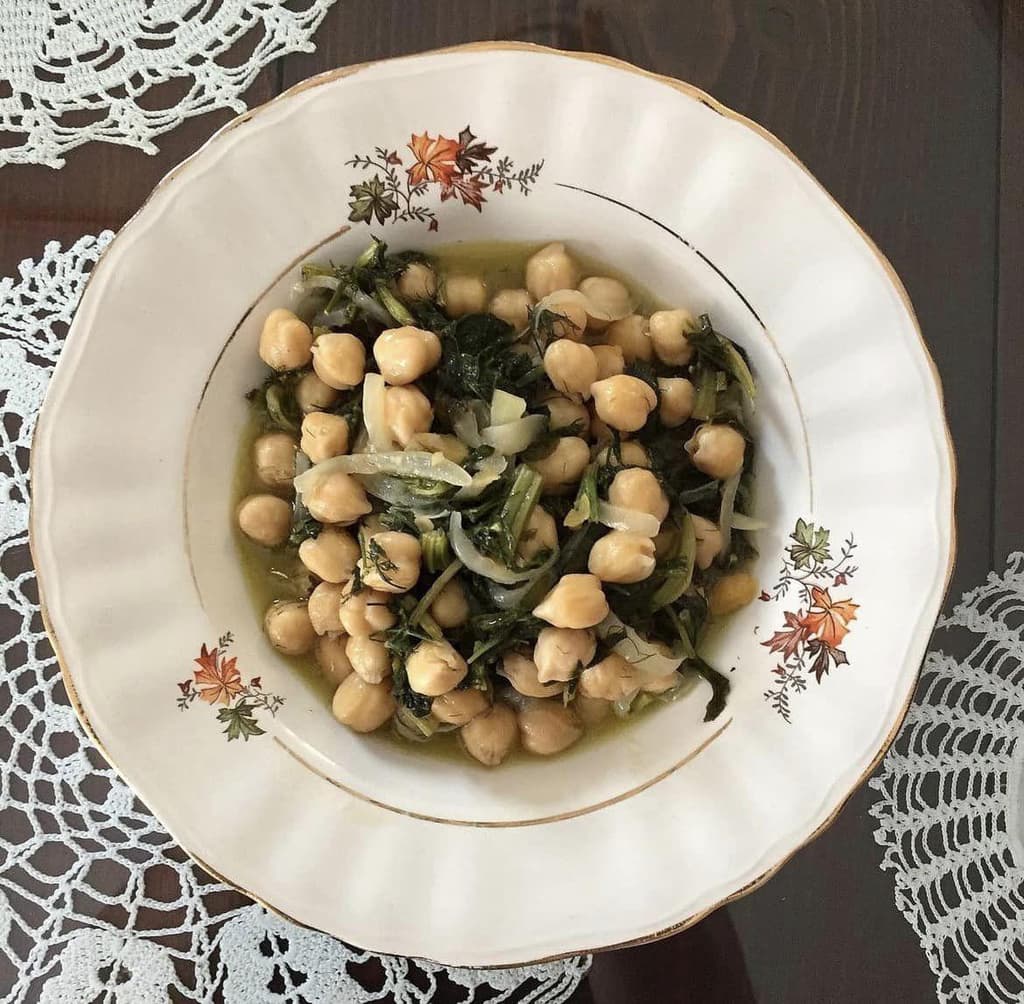
Chickpeas with Yachnera: A Delightful Dish
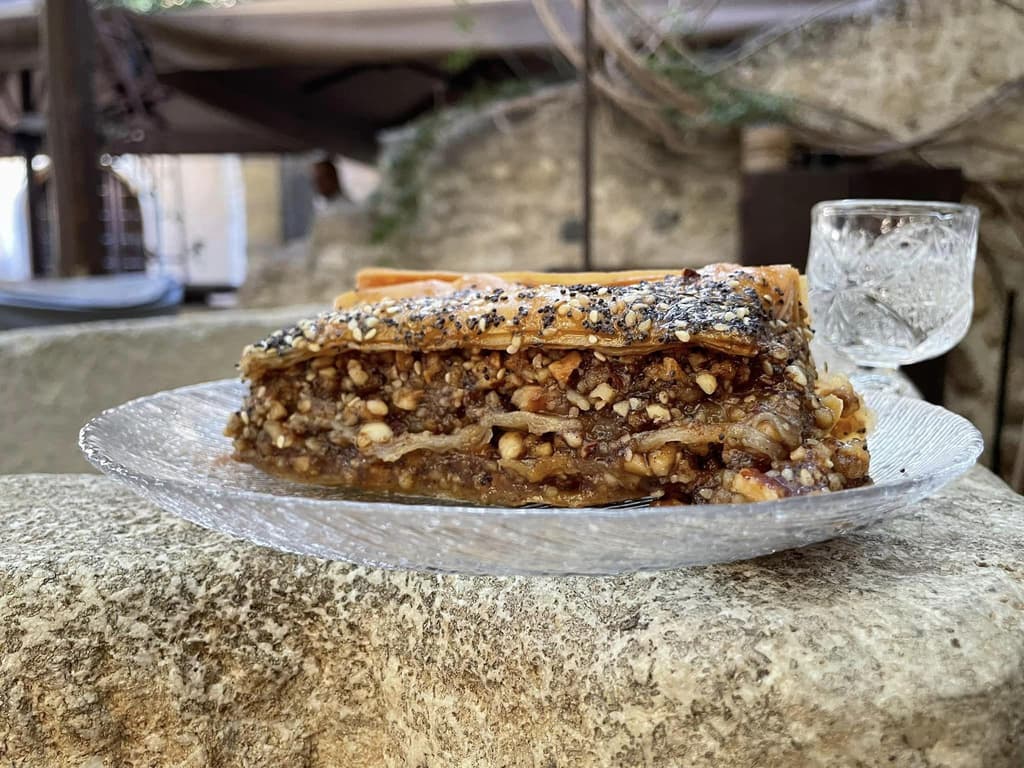
Gastrin
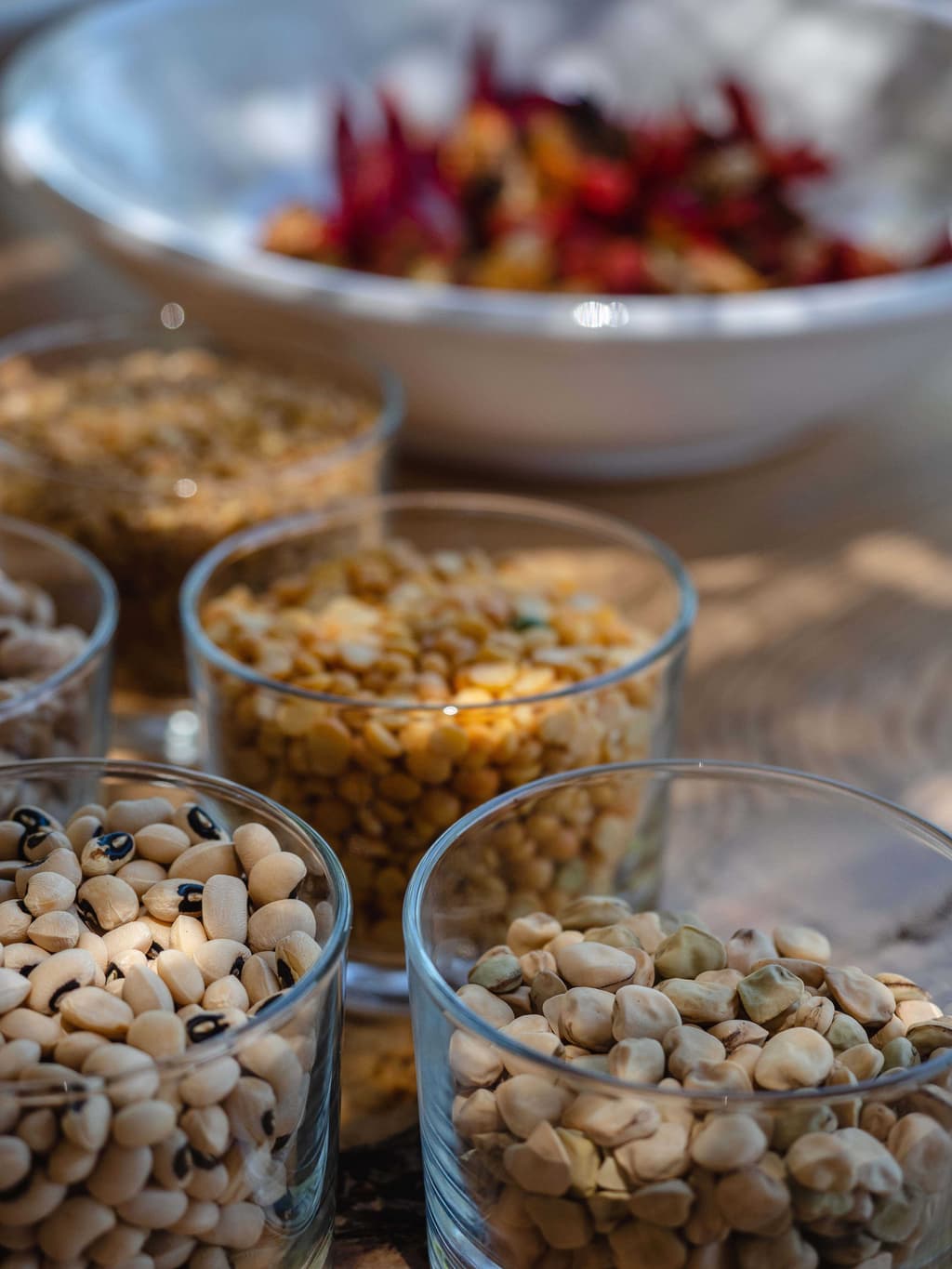
Fotokollyva
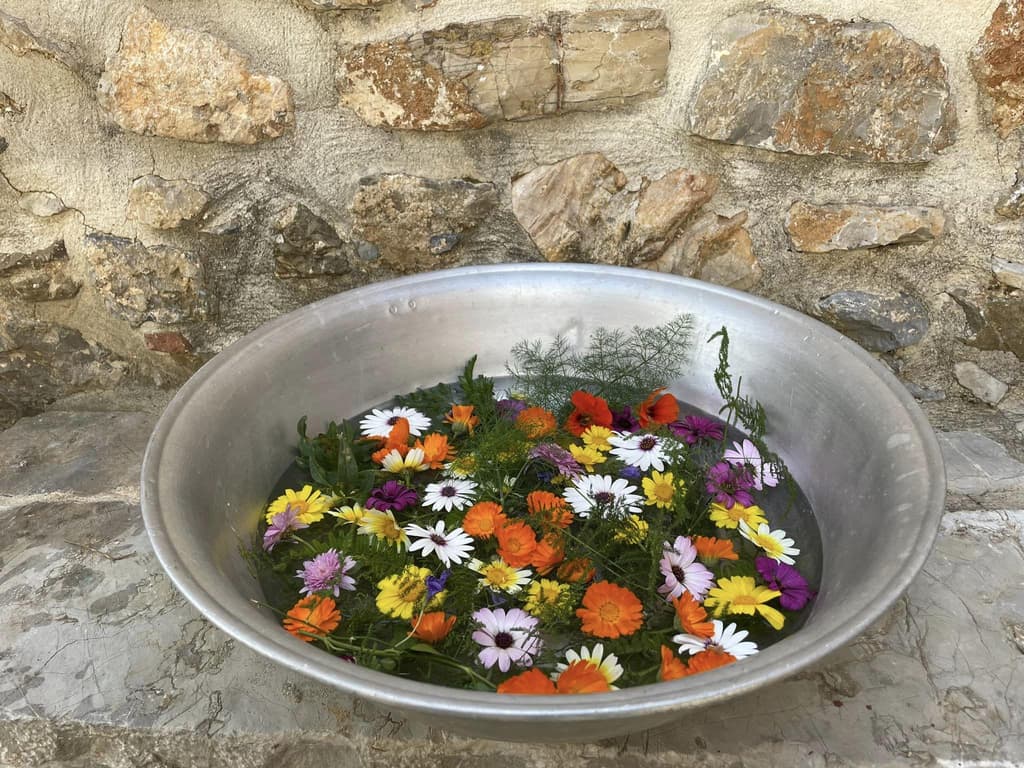
Dyeing Easter Eggs with Madder Root and Flower Blossoms
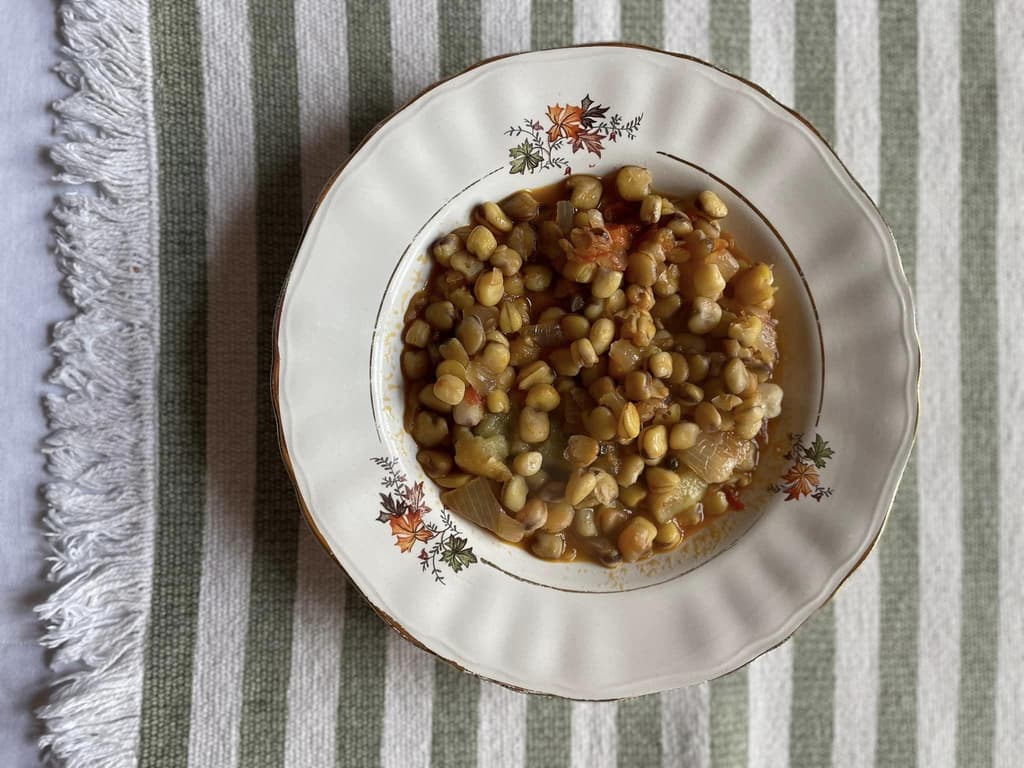
Biza or Manarolia Stew with Eggplants

Antikristo or "Ofto" Meat
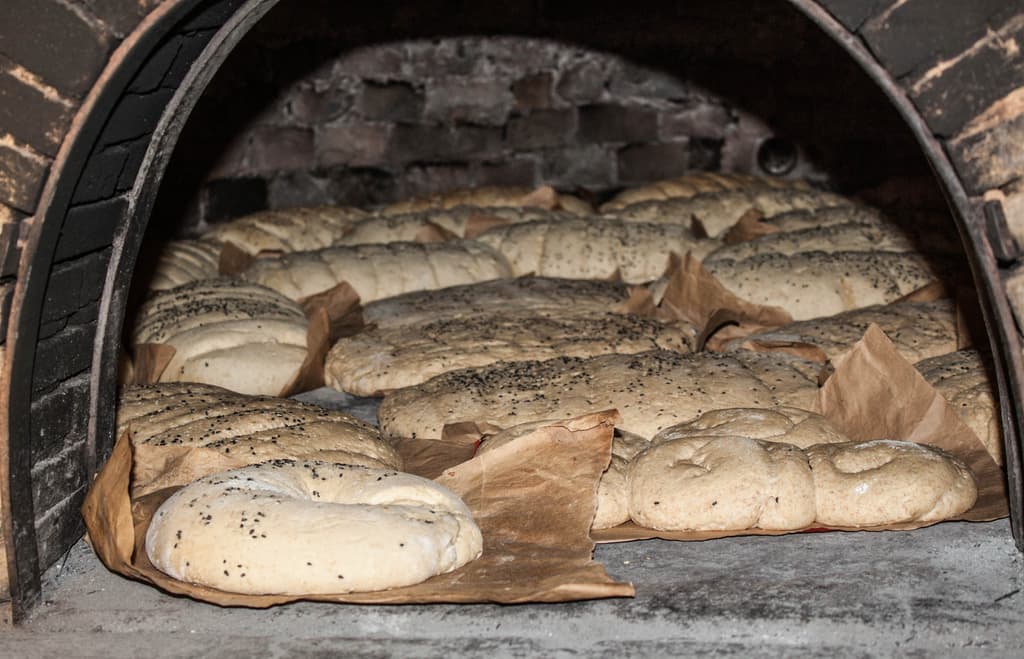
Eftazymo Bread
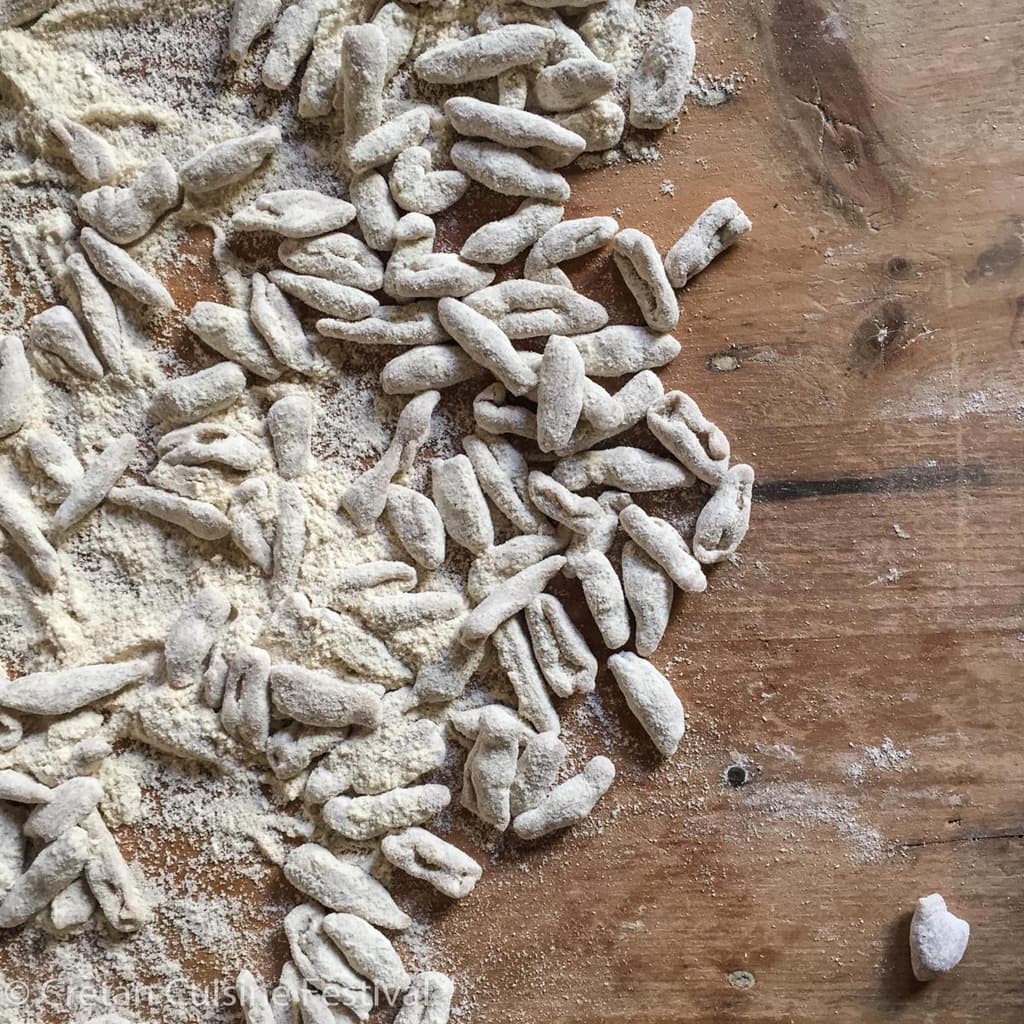
Skioufichta Macarounia
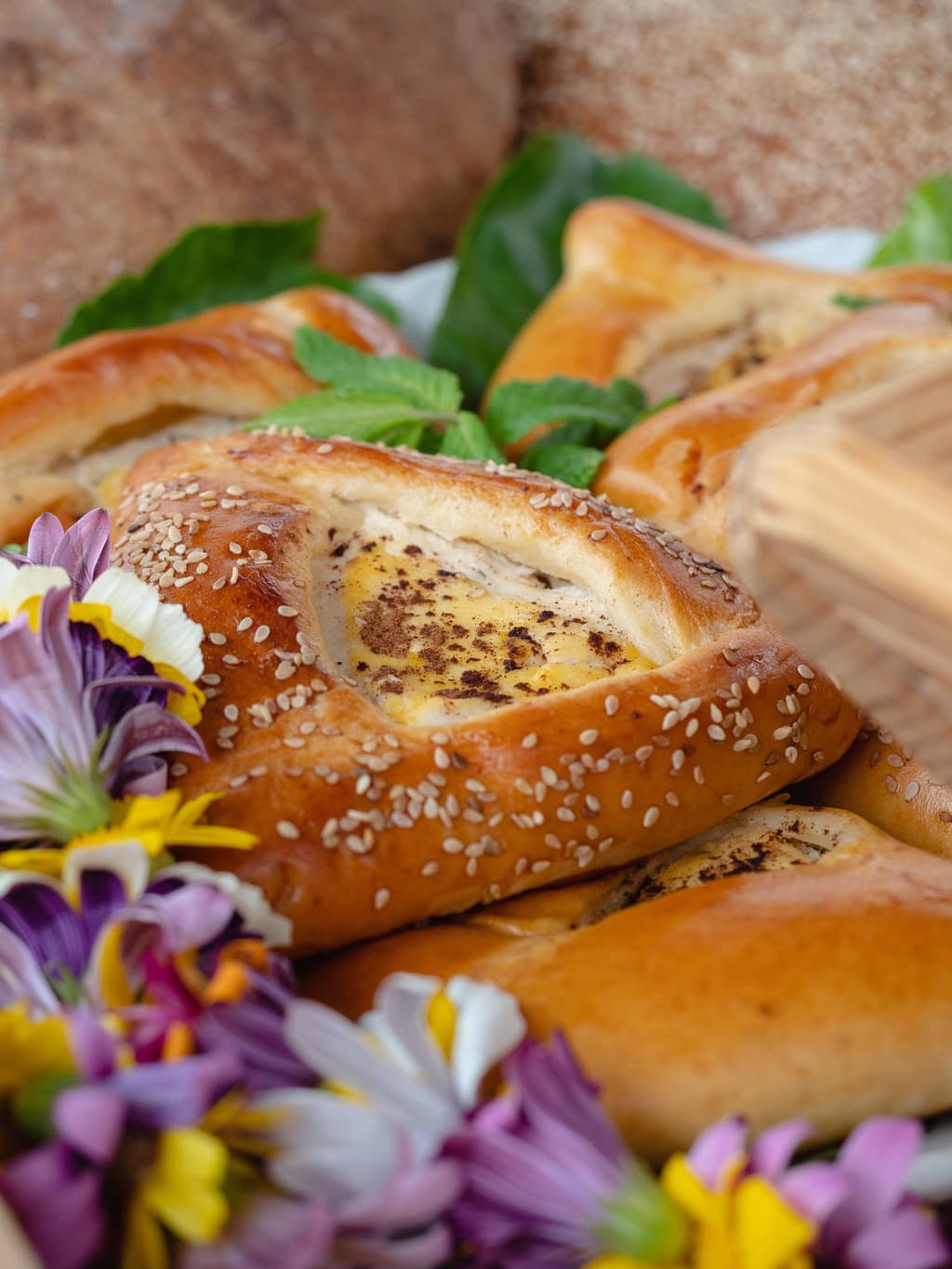
Anevata Kalitsounia
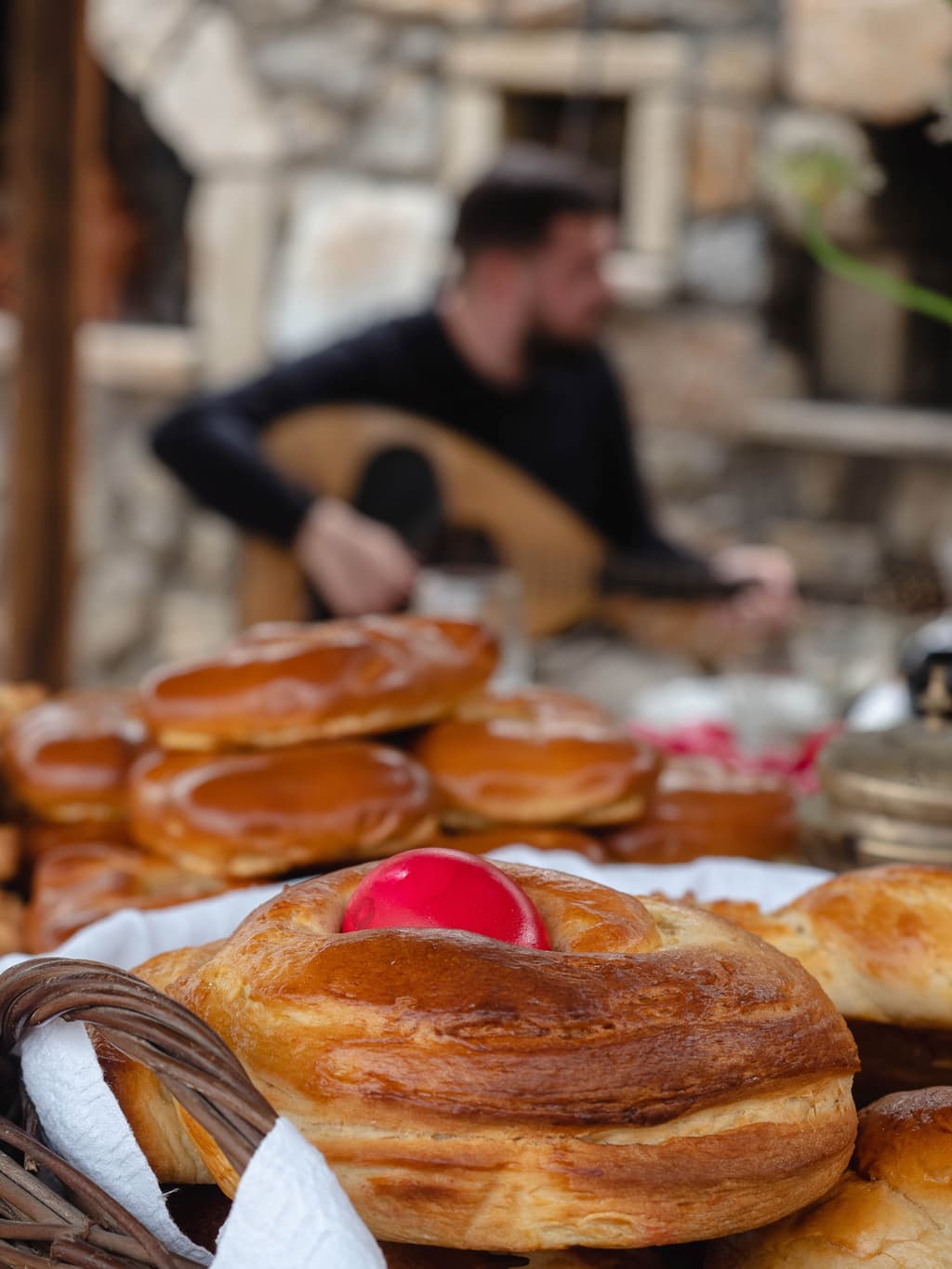
Galatera

Sykomarides
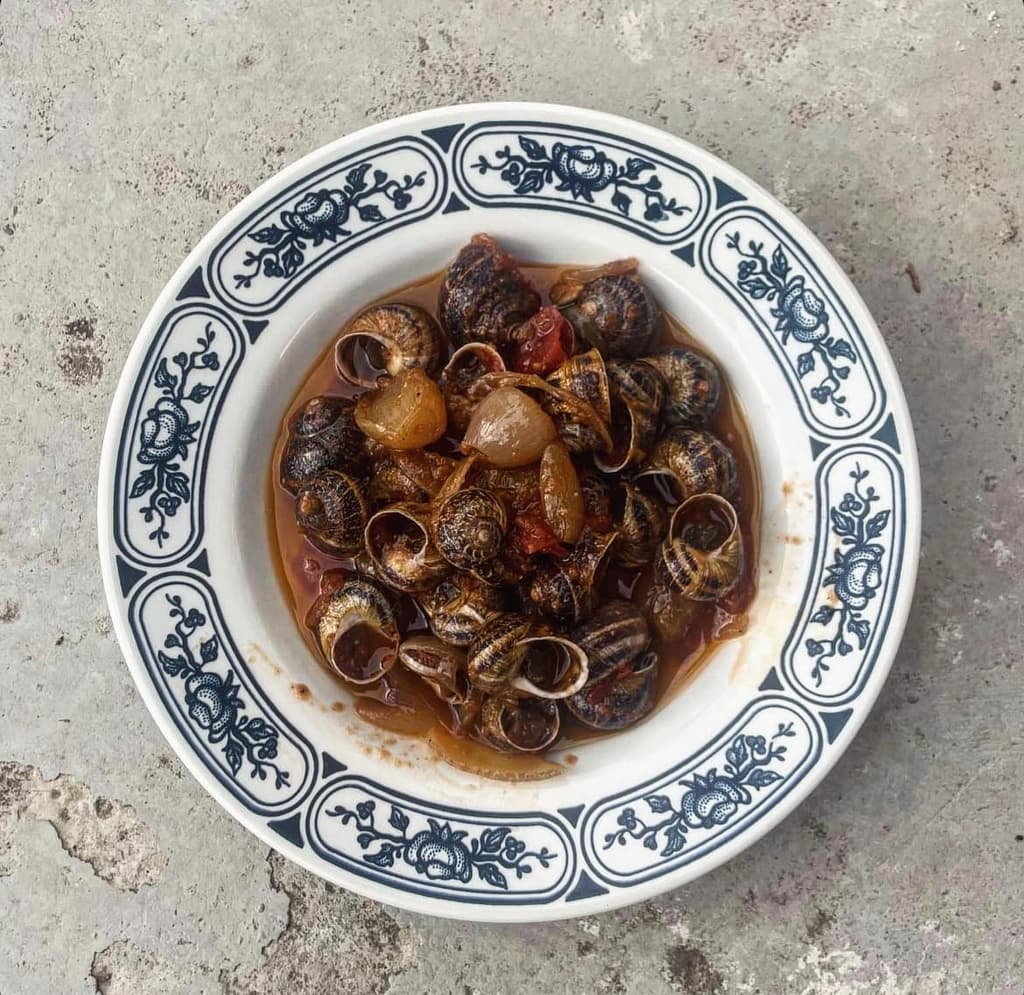
Snails Stifado
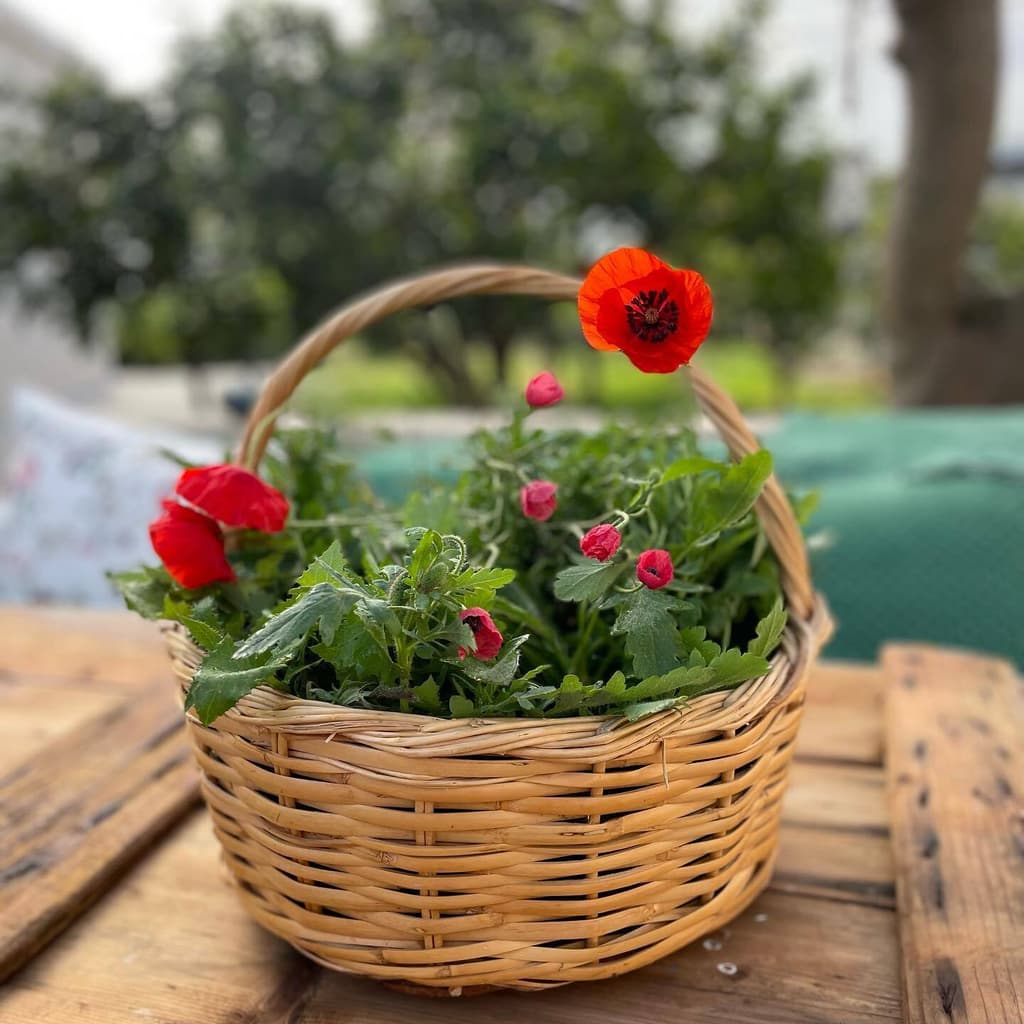
Poppy Pies (Paparounopites)

Beetroot Salad
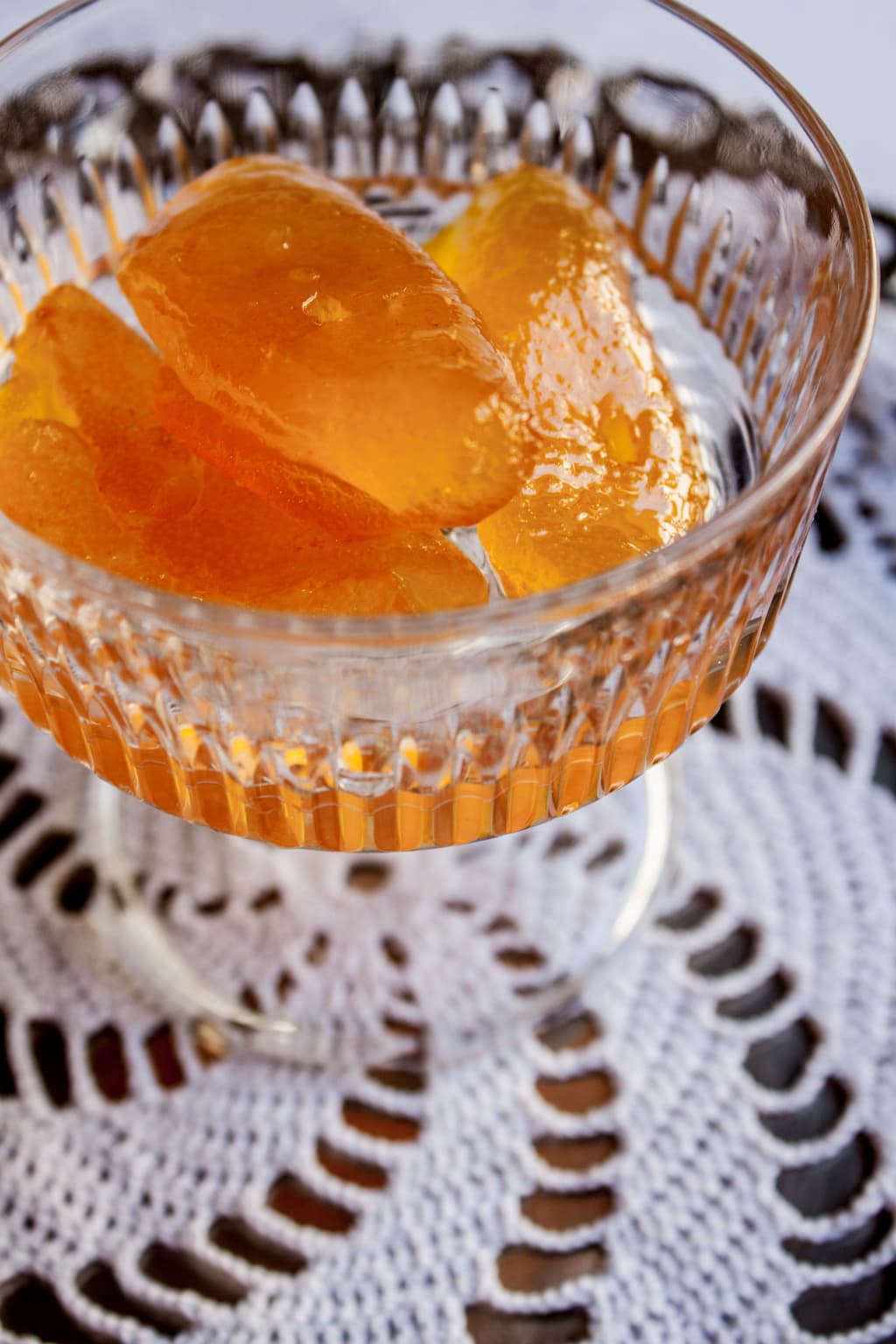
Bitter Orange Spoon Sweet (Nerantzi)
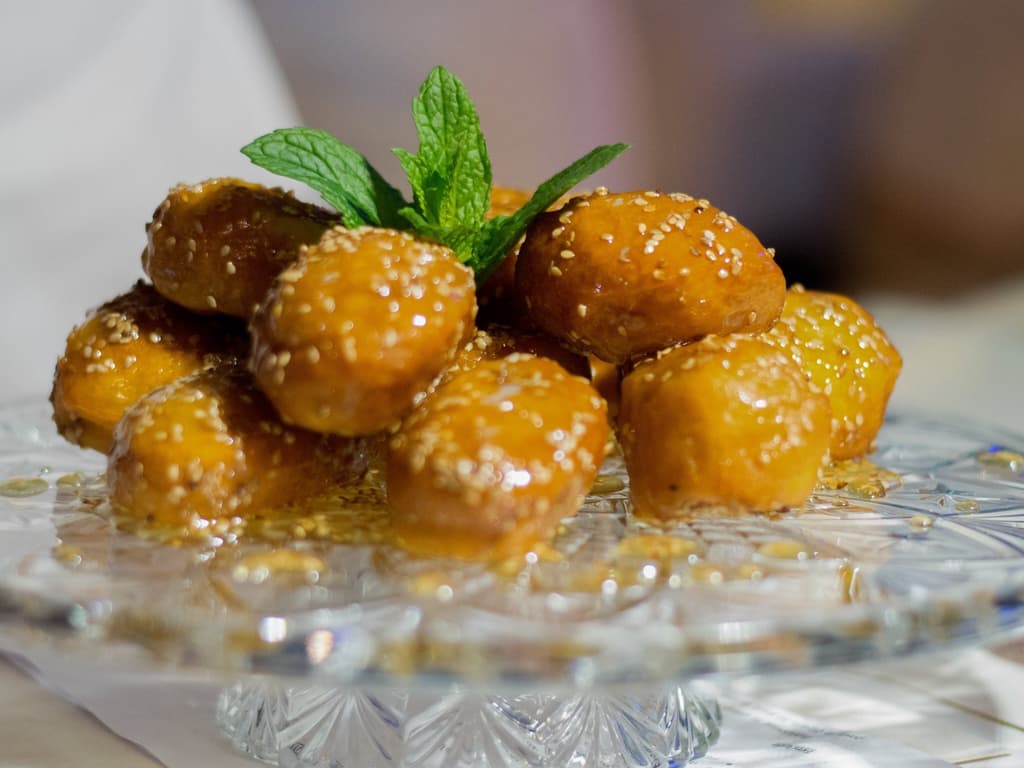
Loukoumia or Koubania

Fasouloryzo
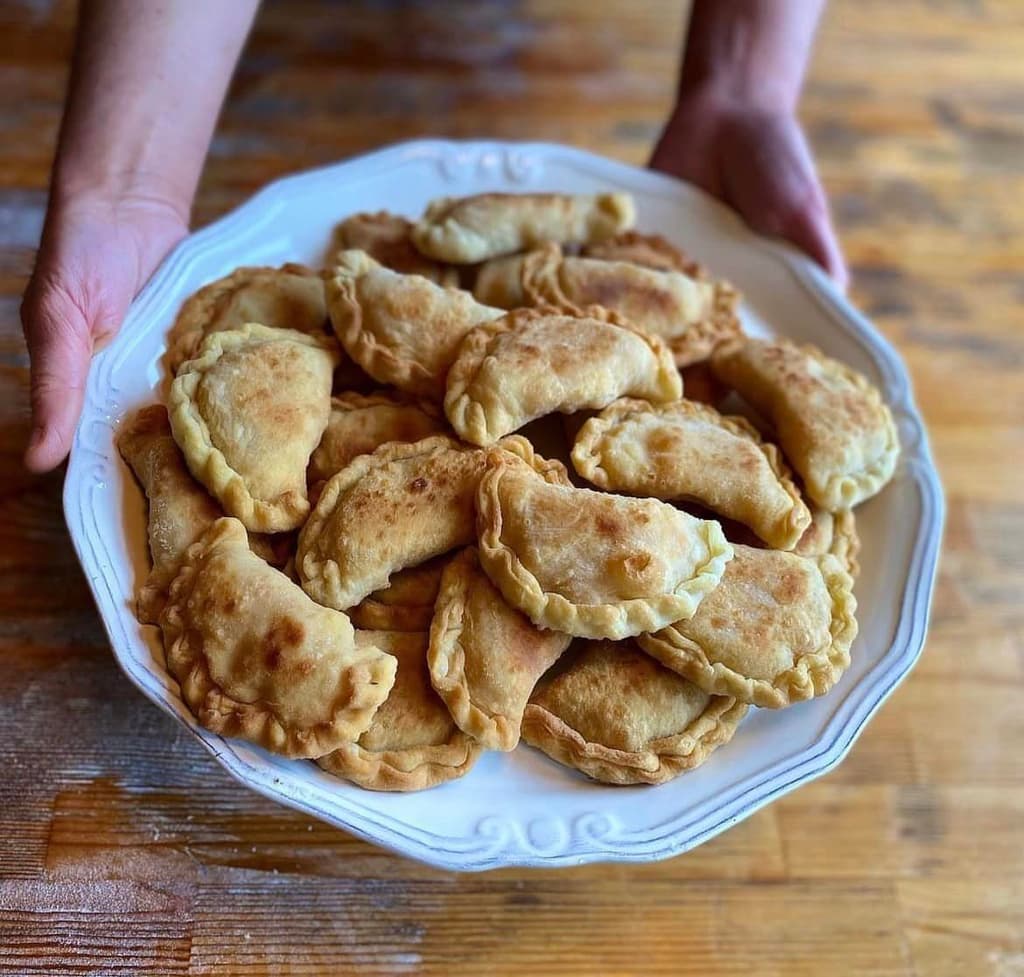
Pumpkin-Filled Pitarakia

Biza or Manarolia Stew with Eggplants
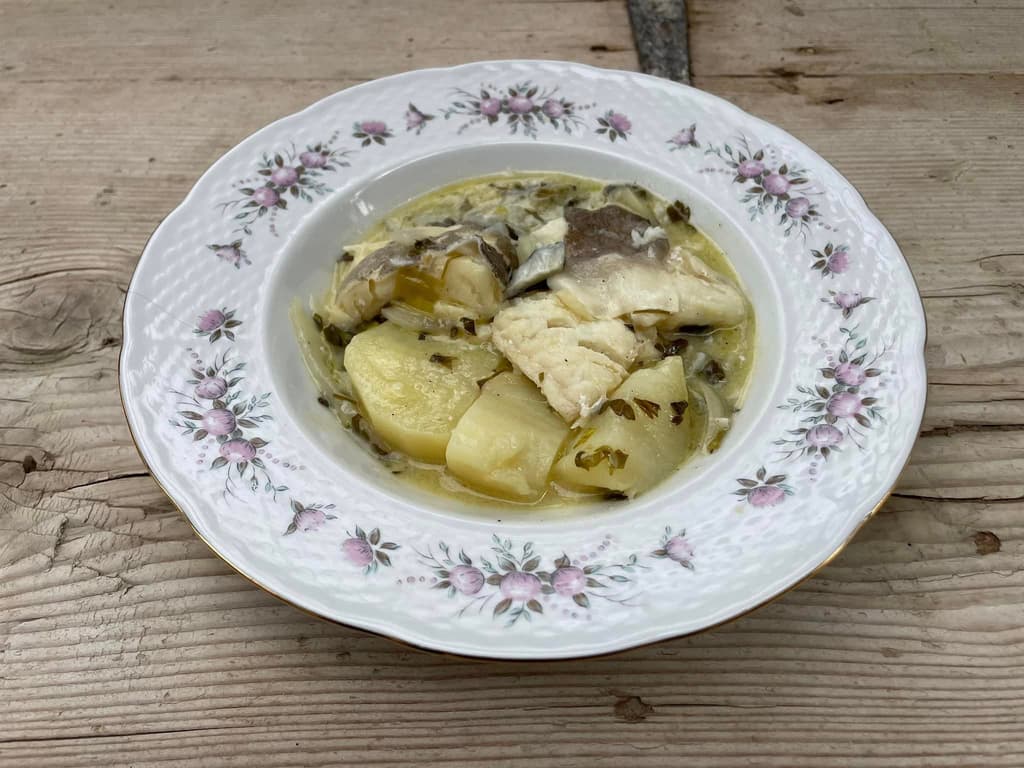
Salted Cod with Bitter Orange Sauce
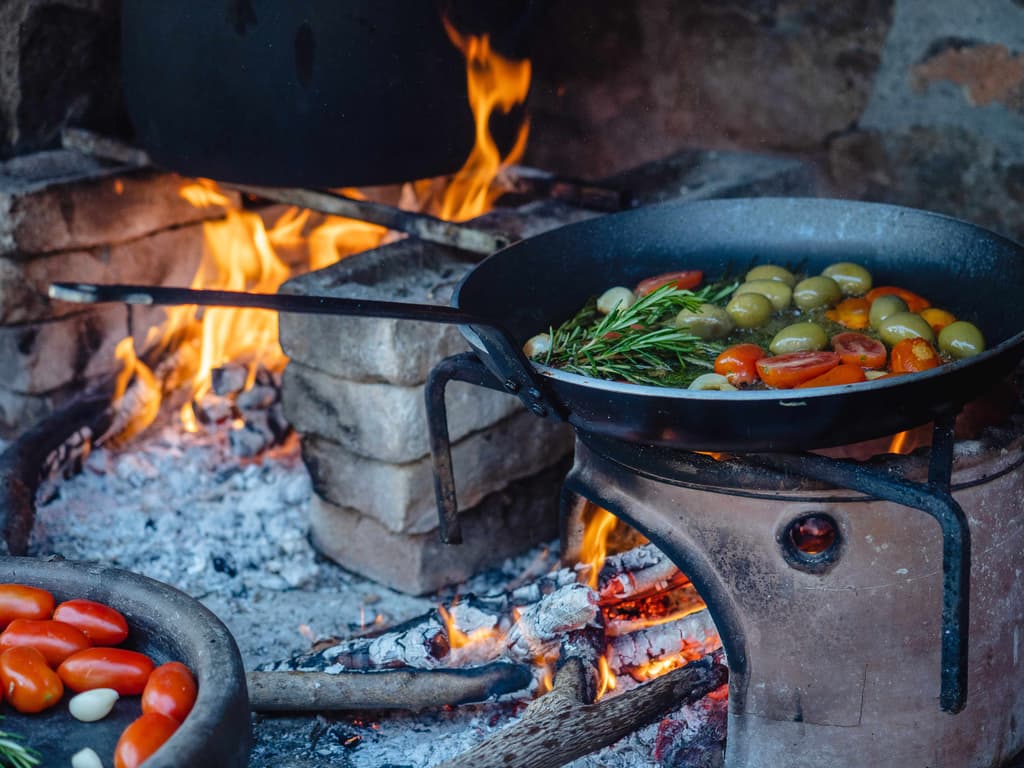
Sountrimades
